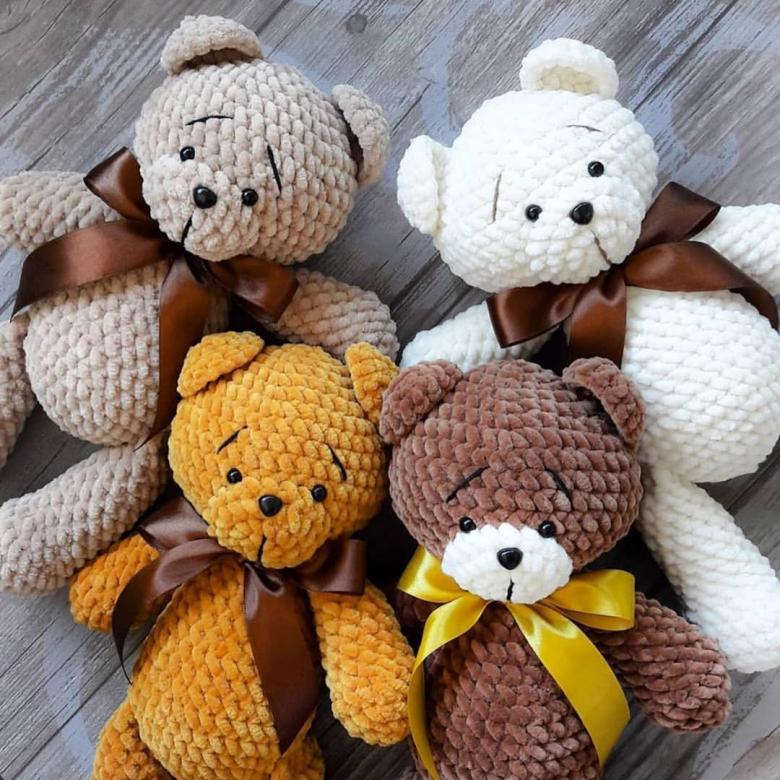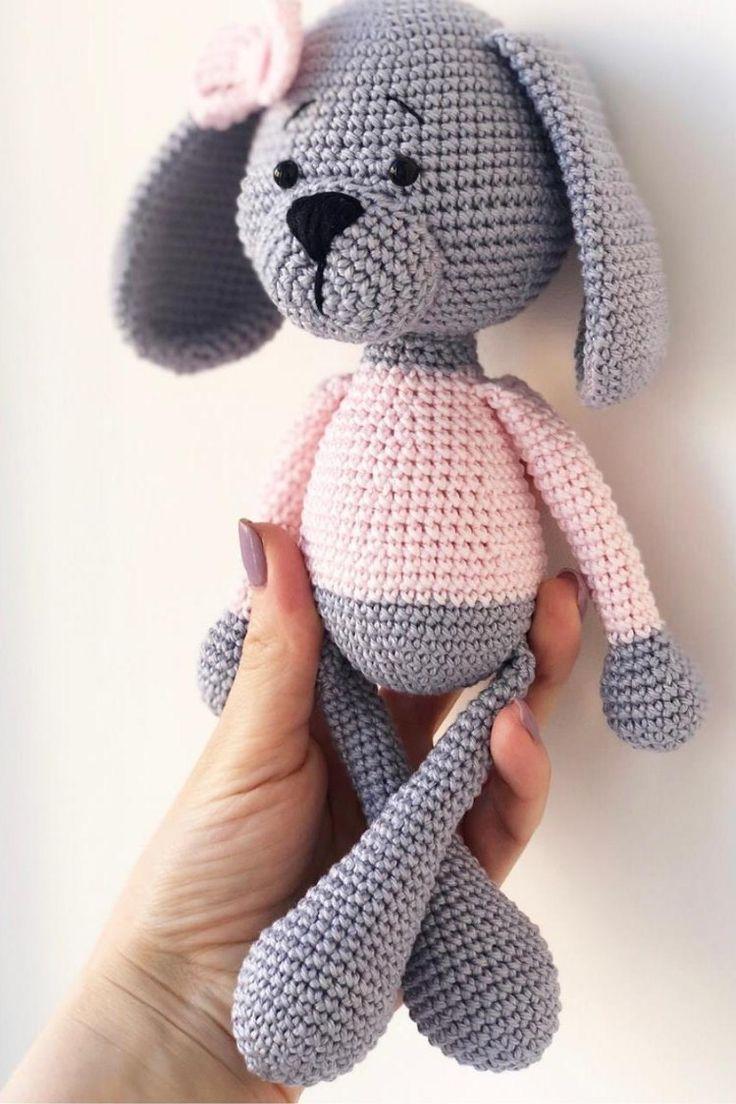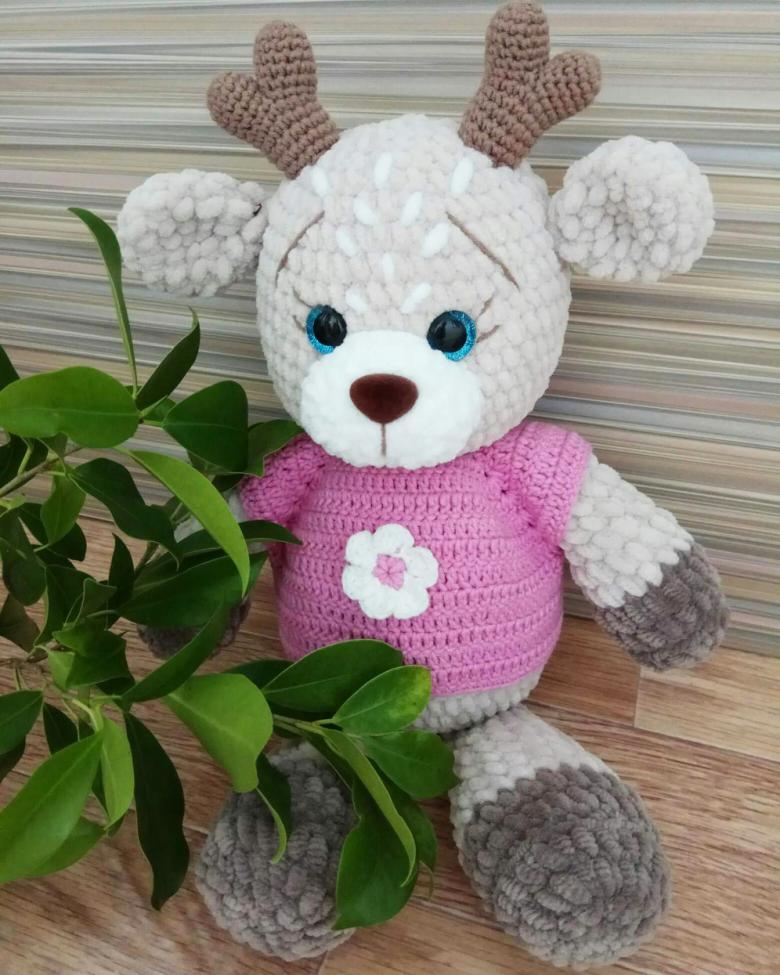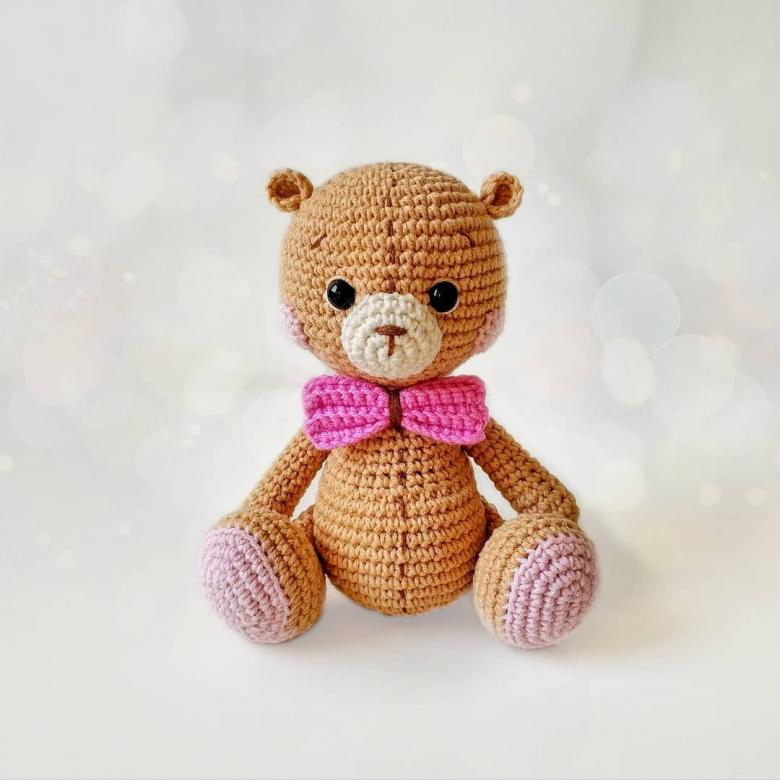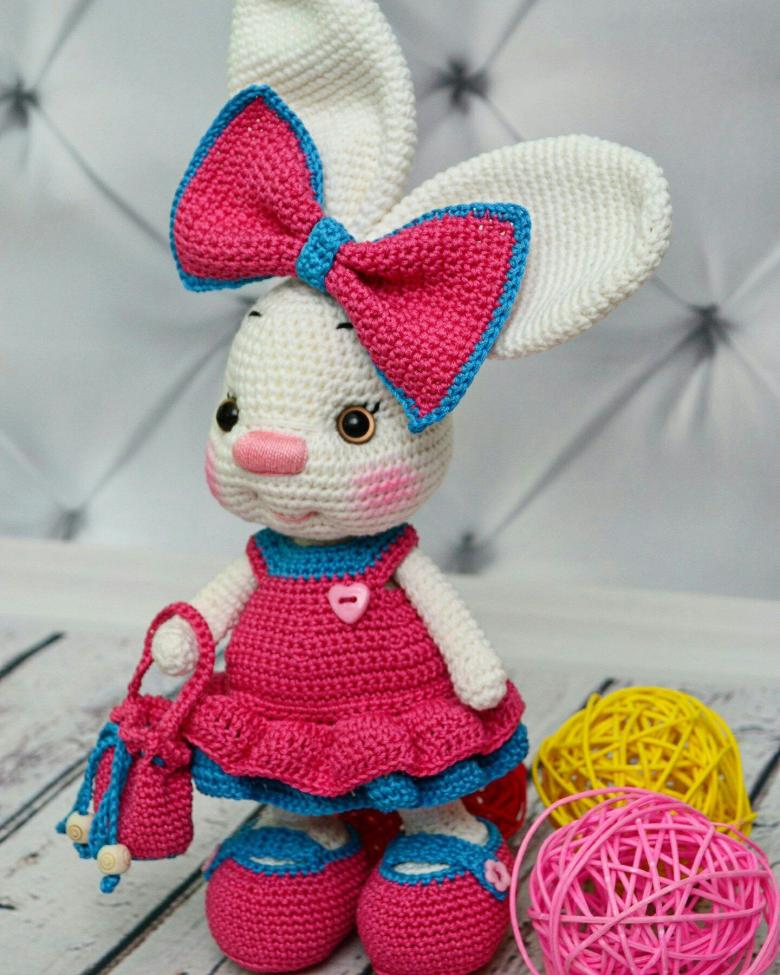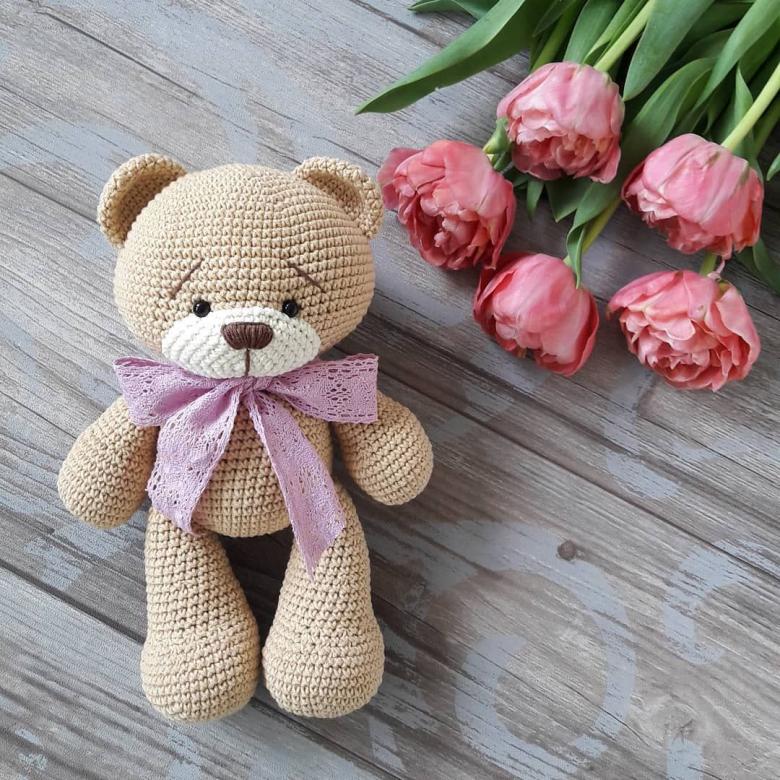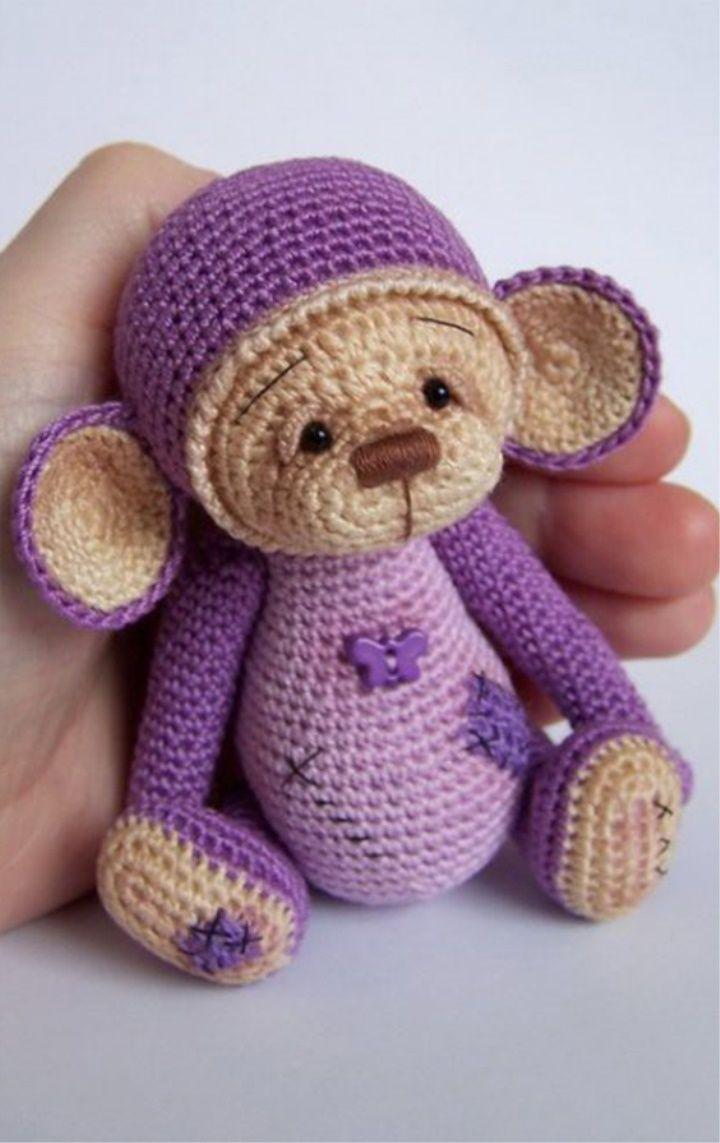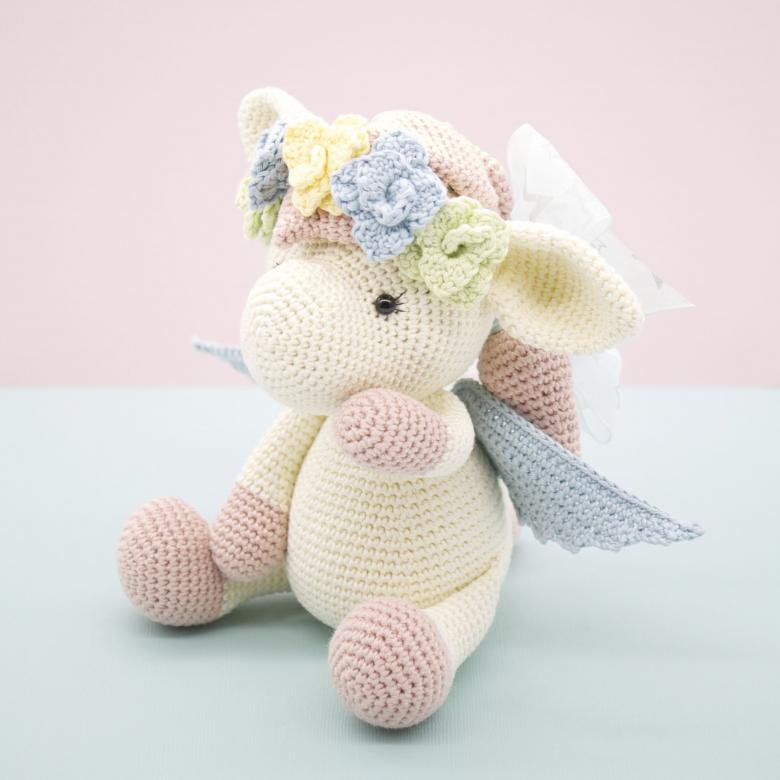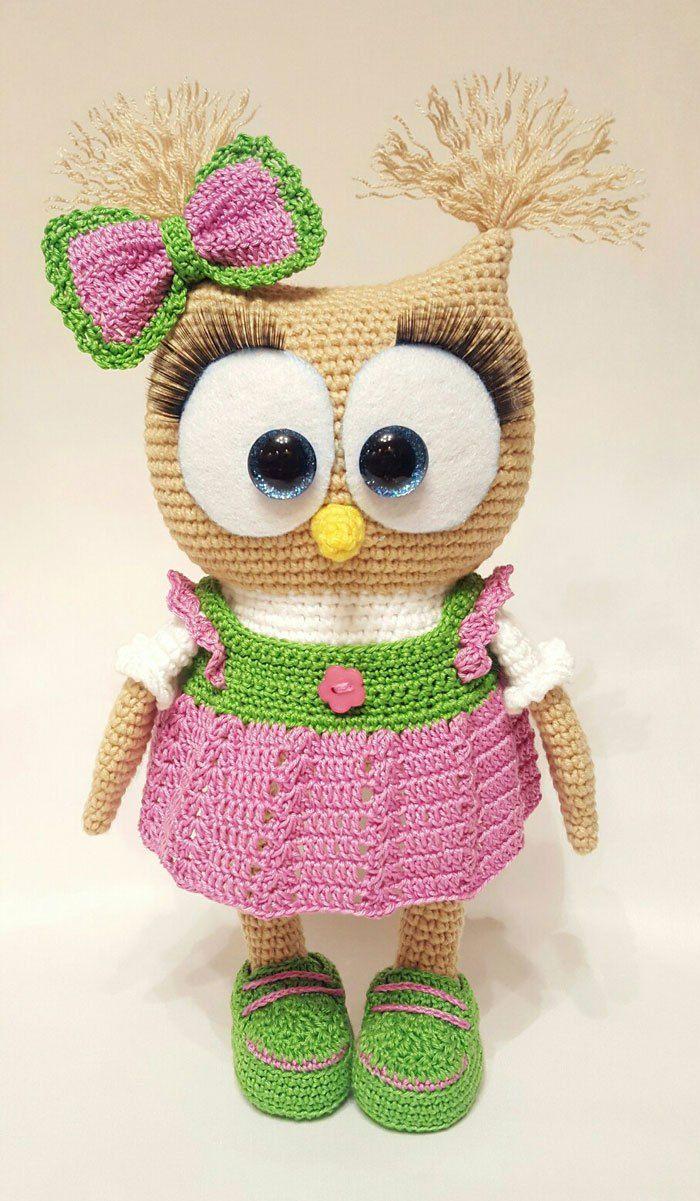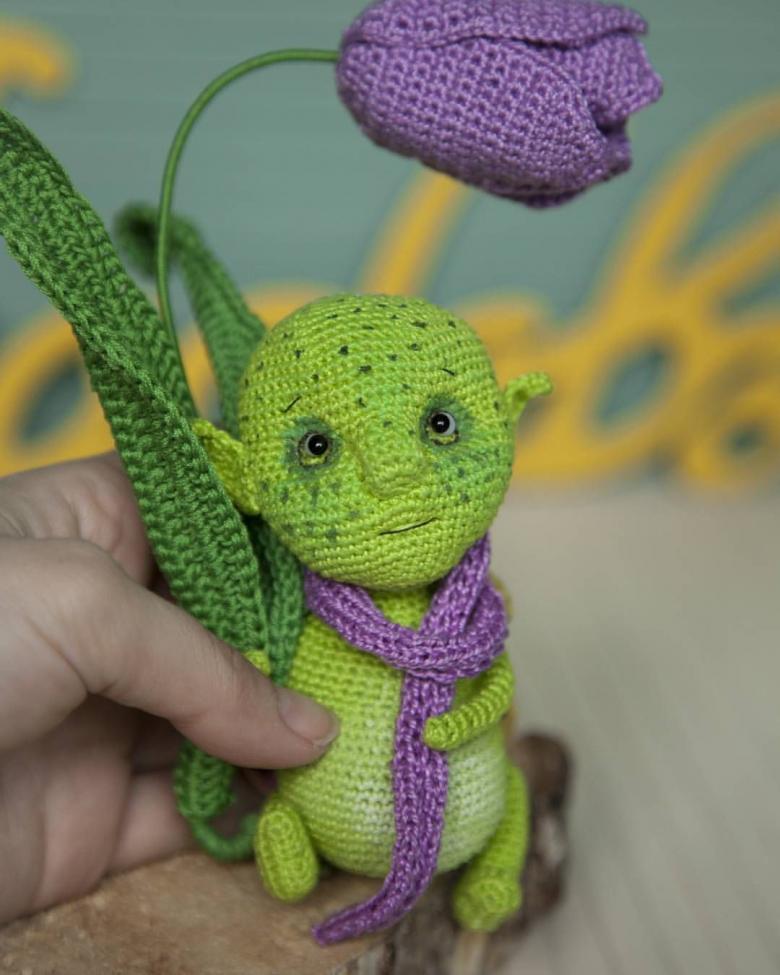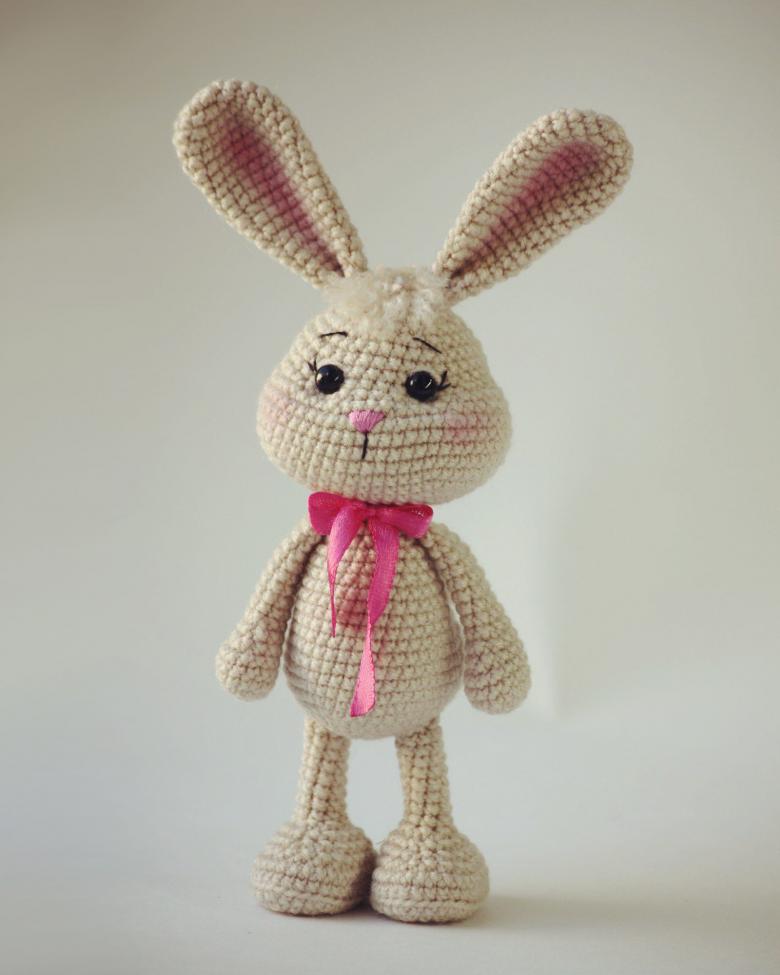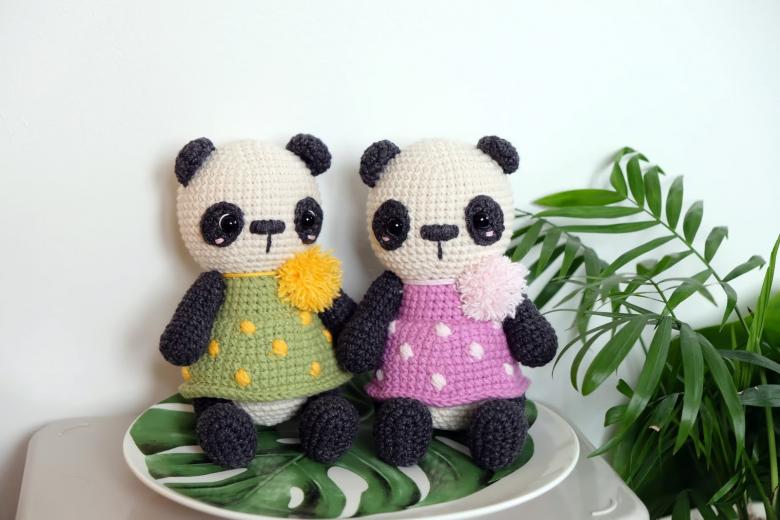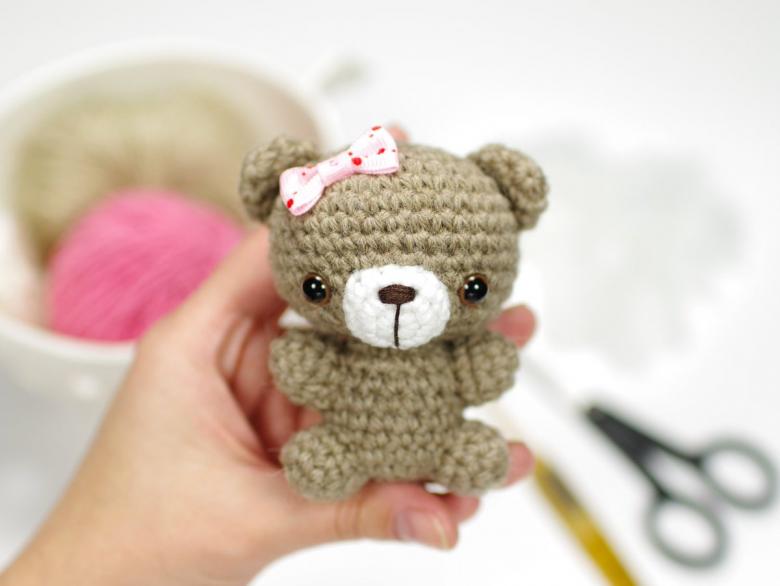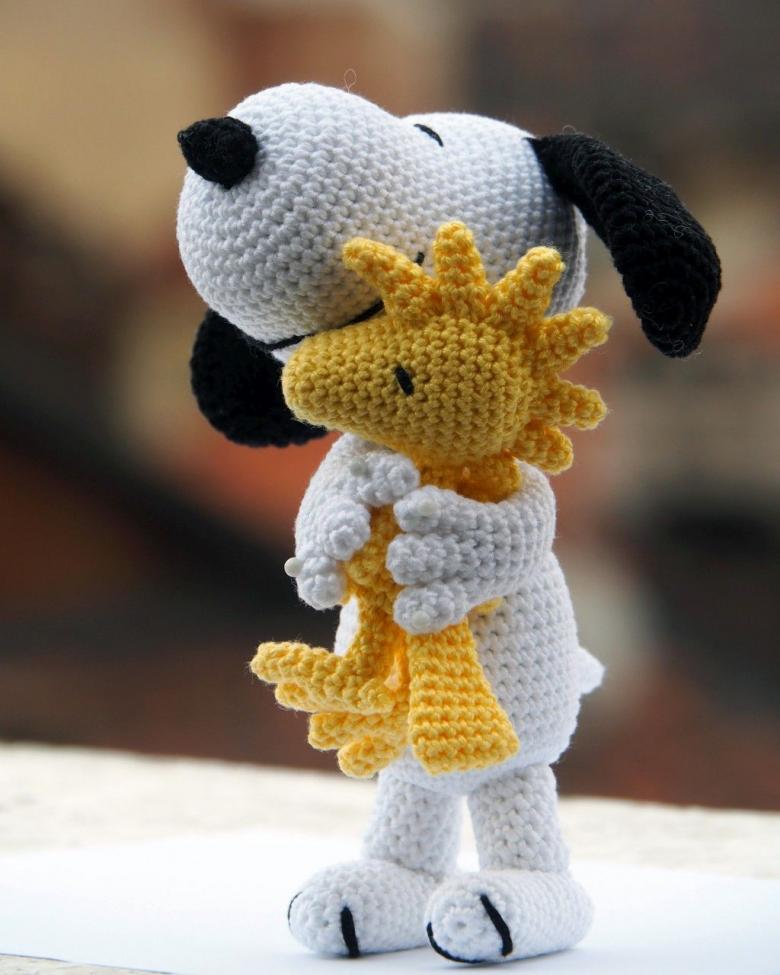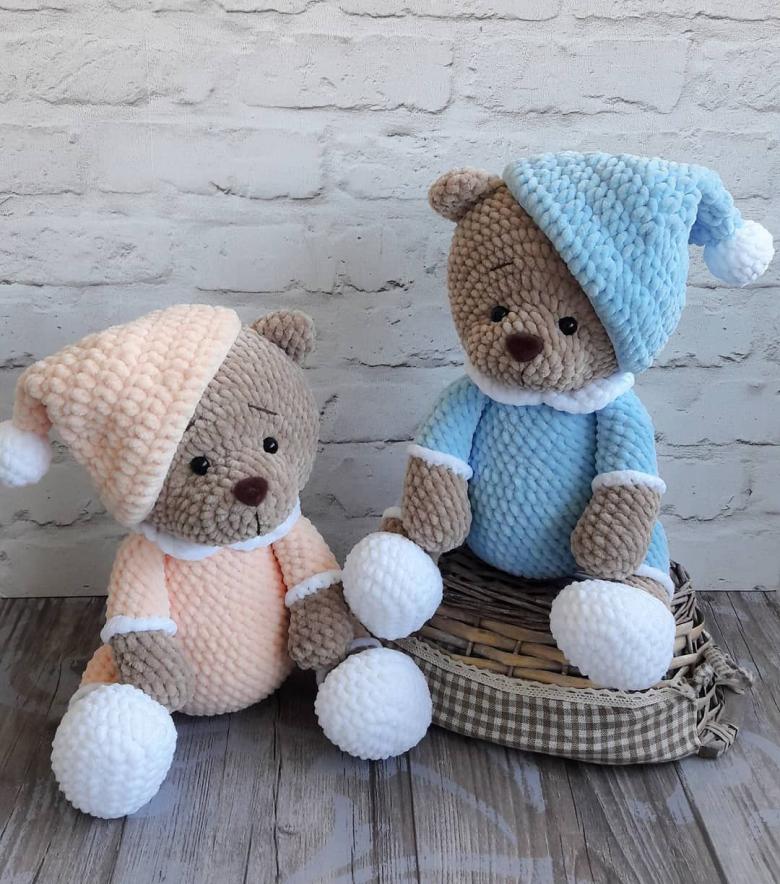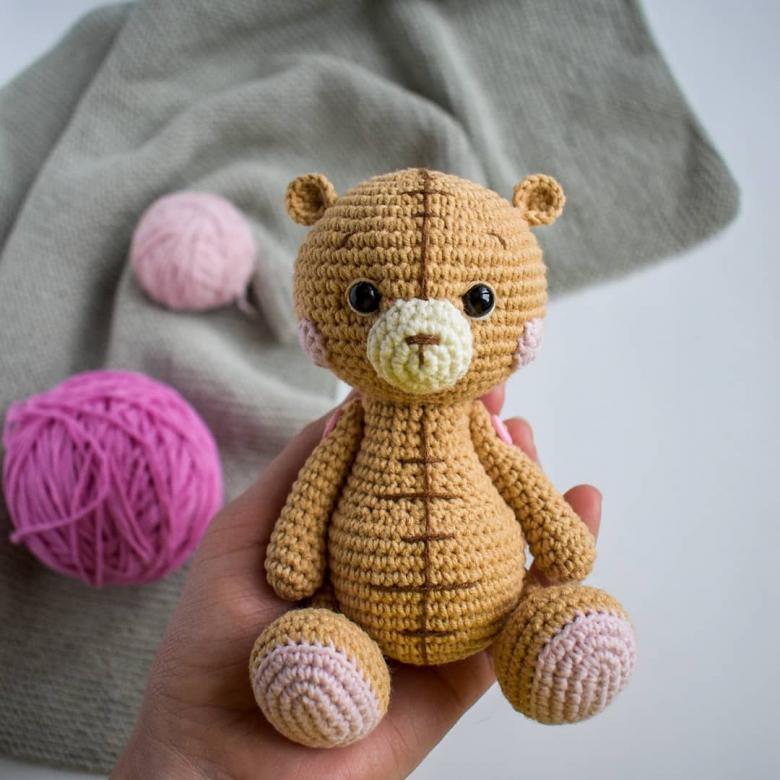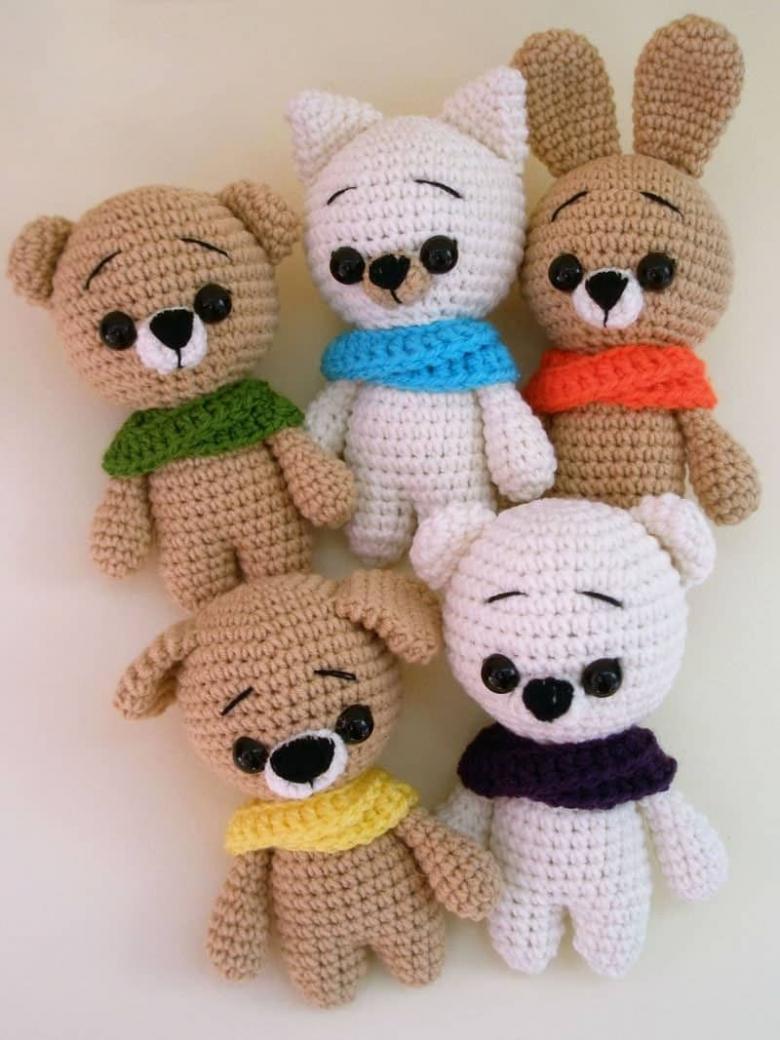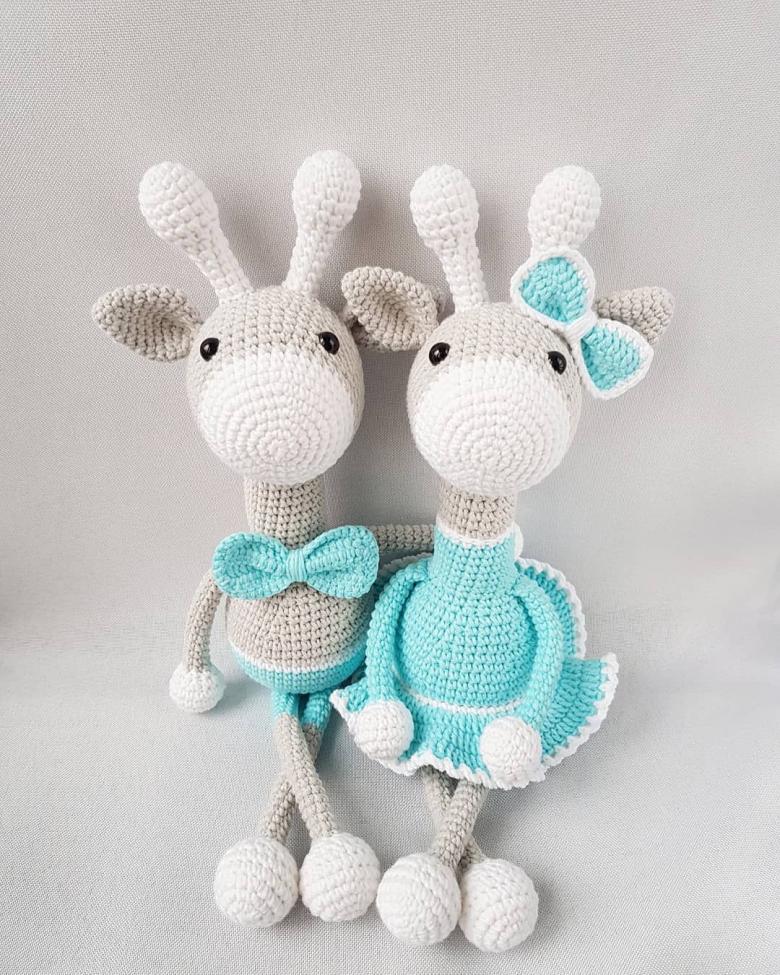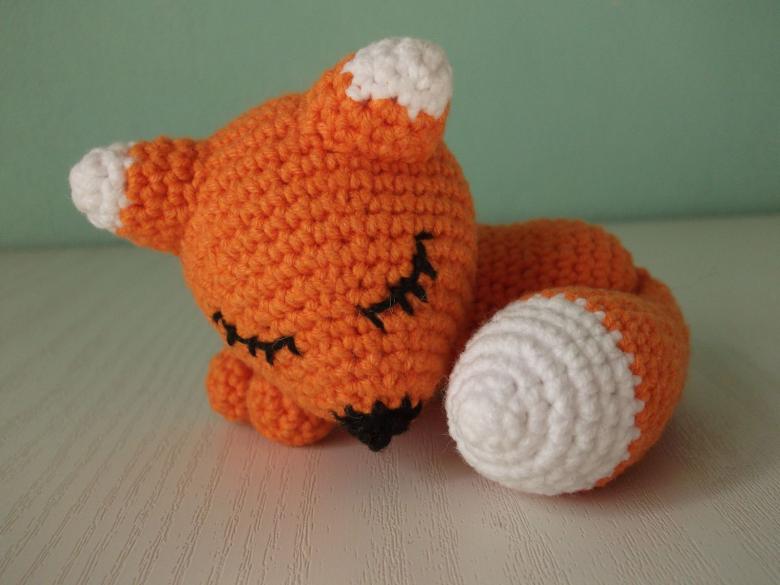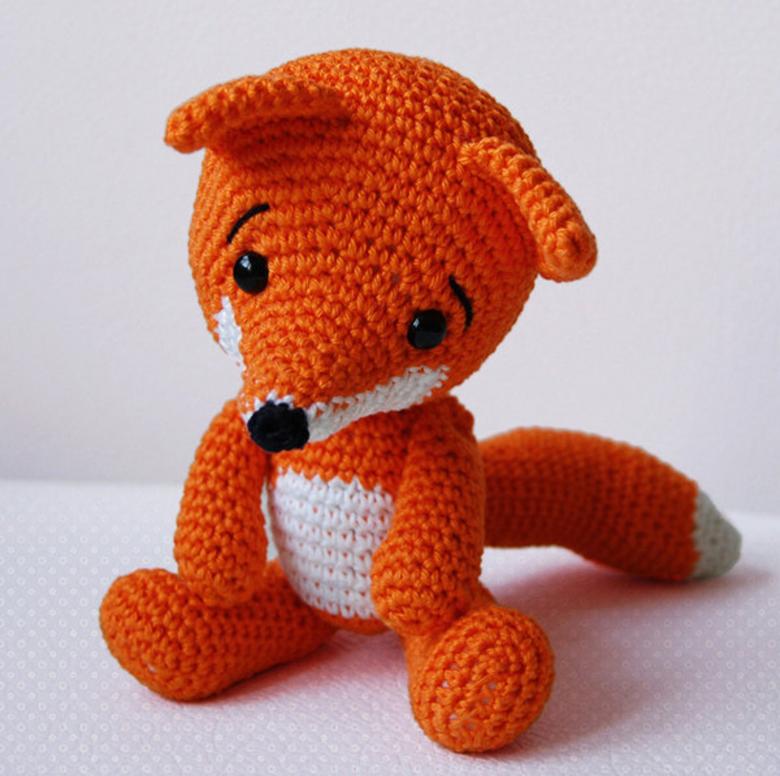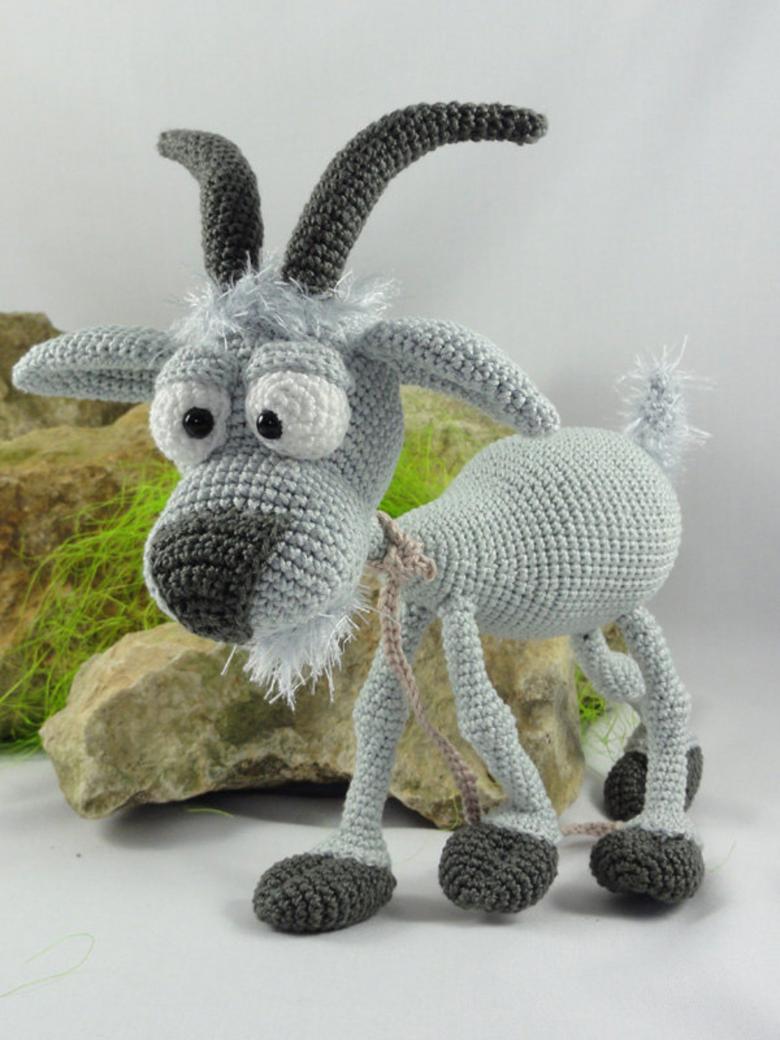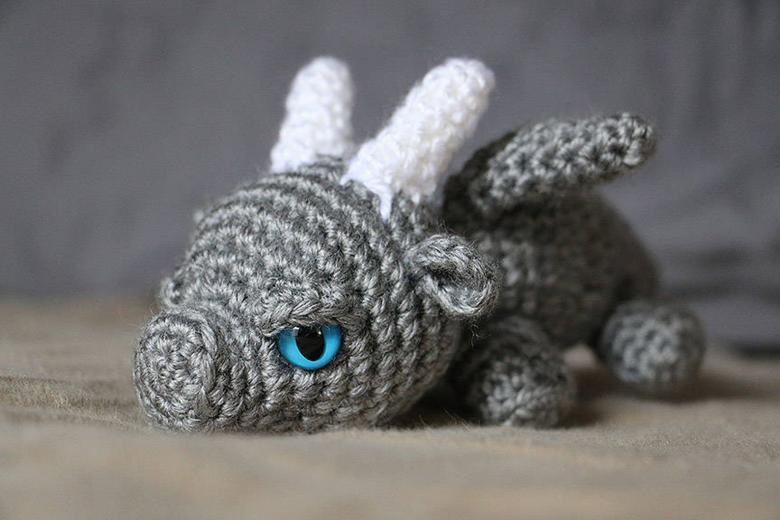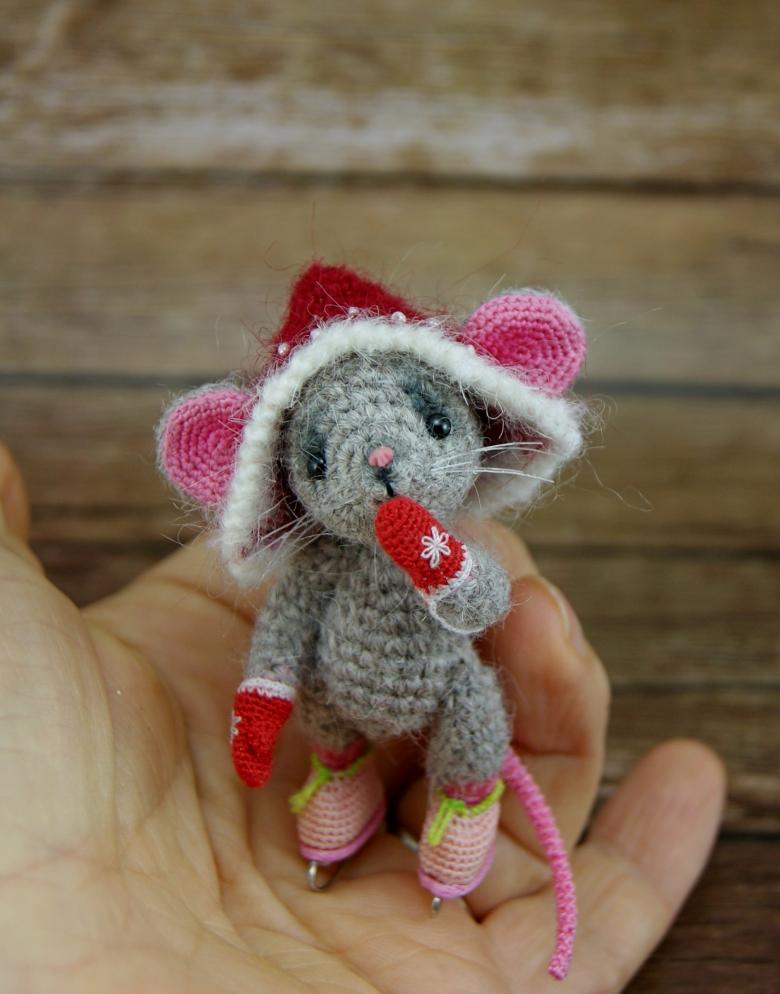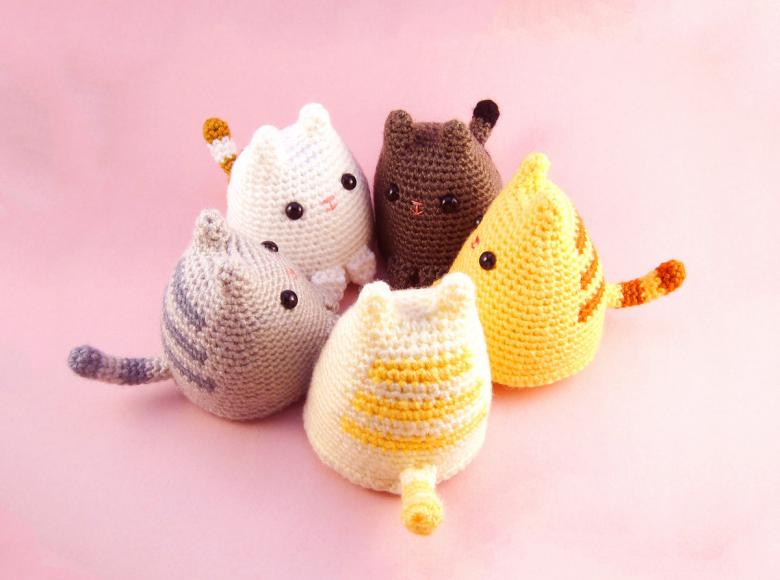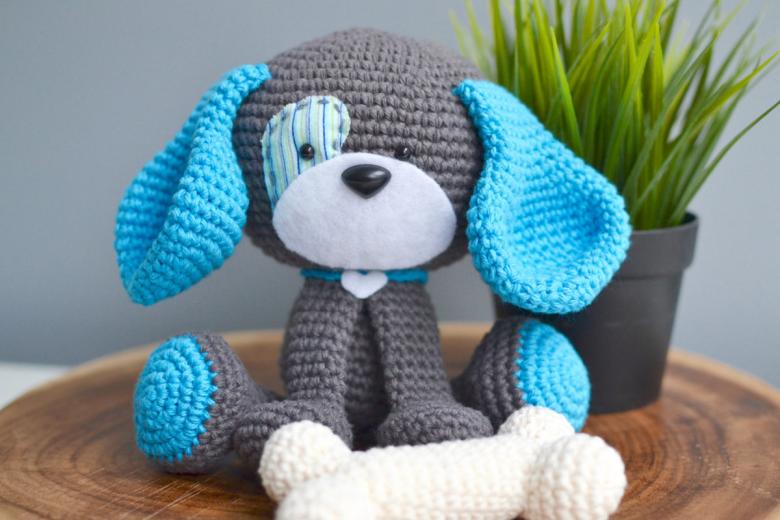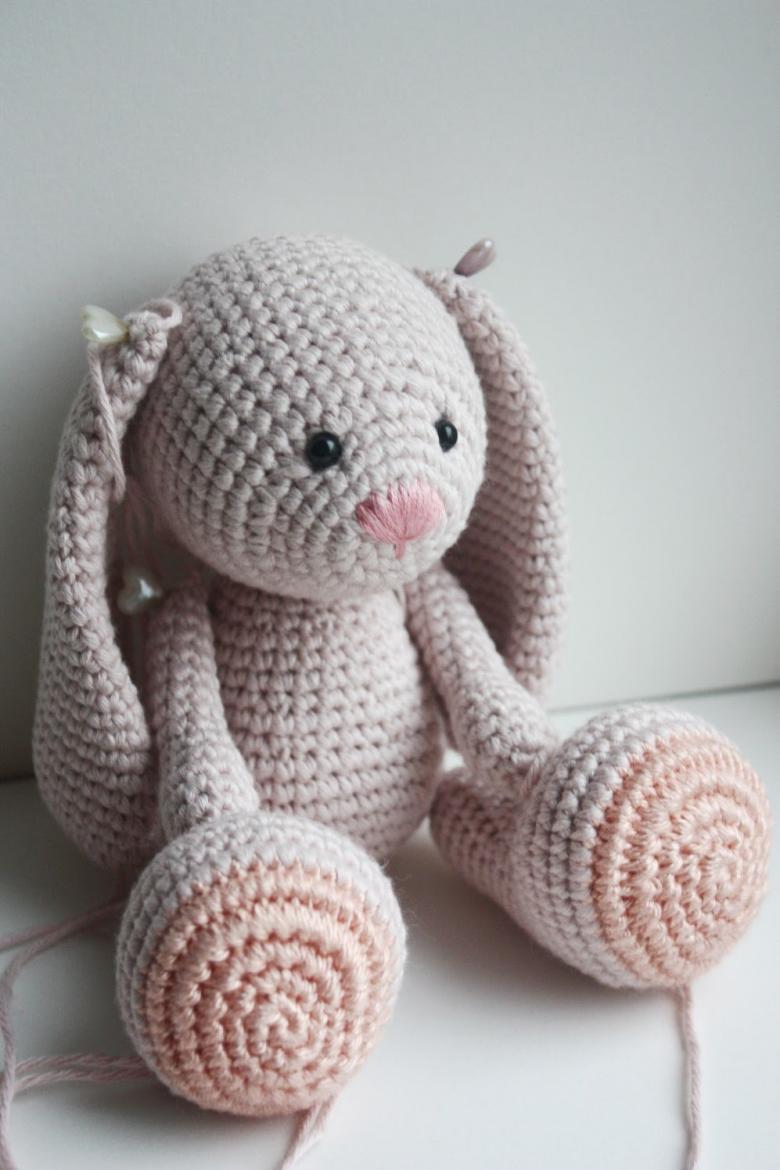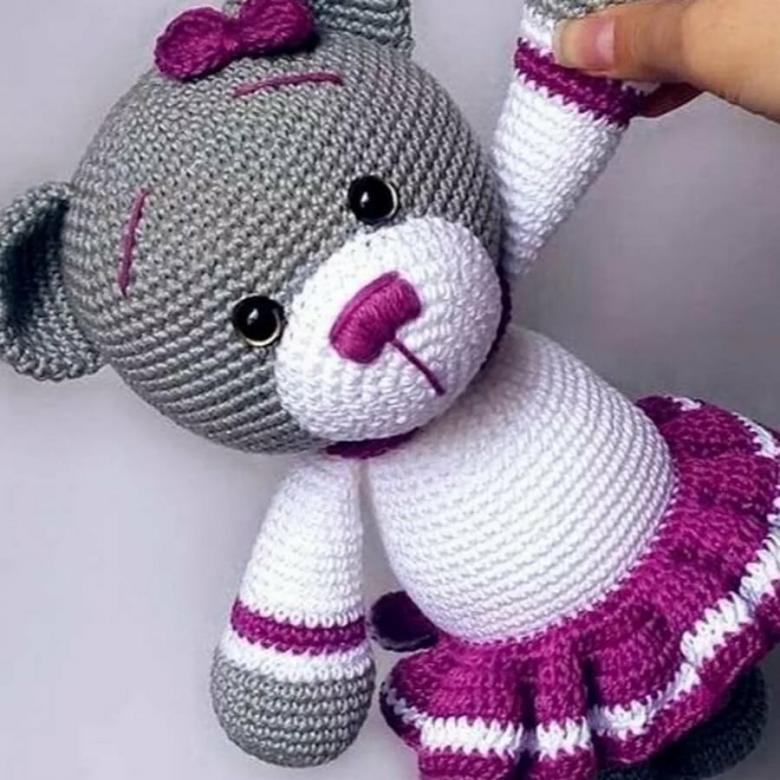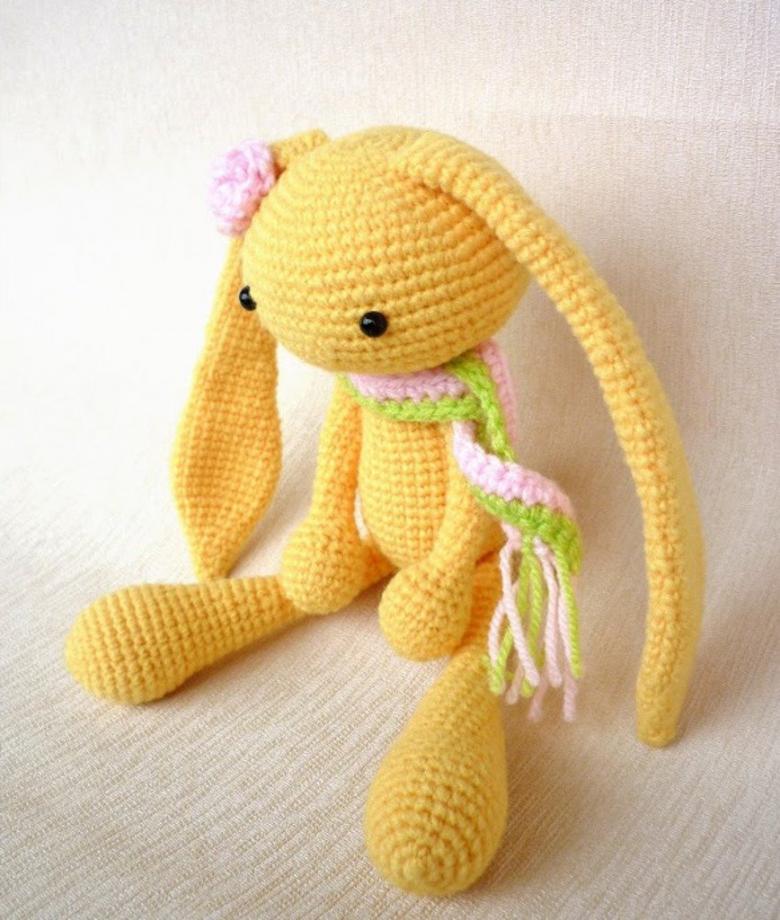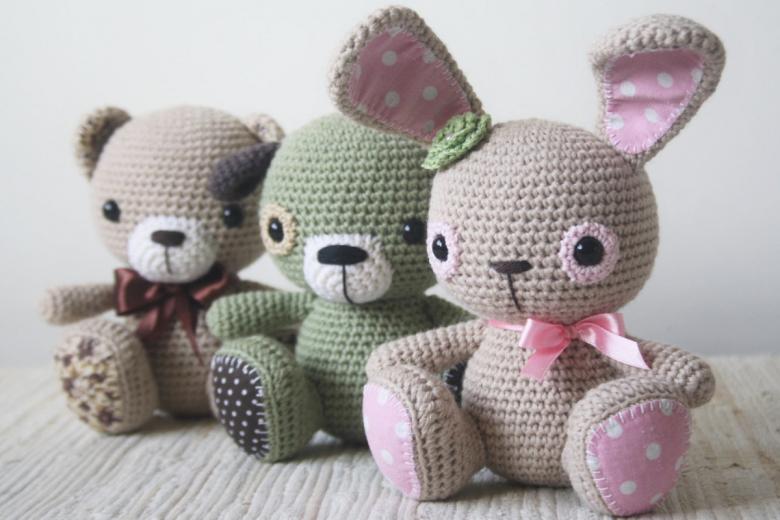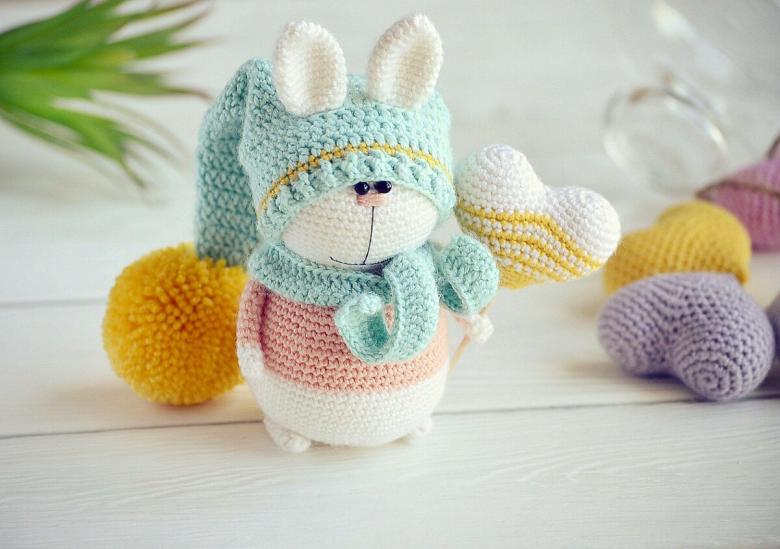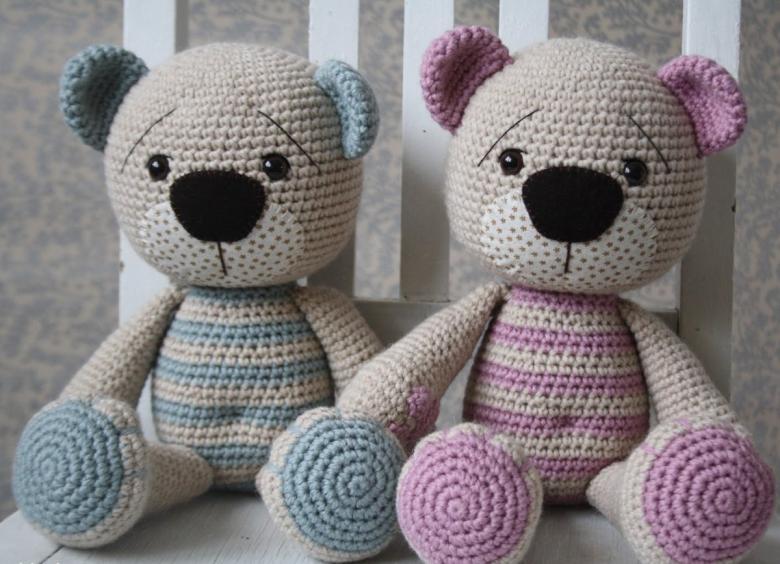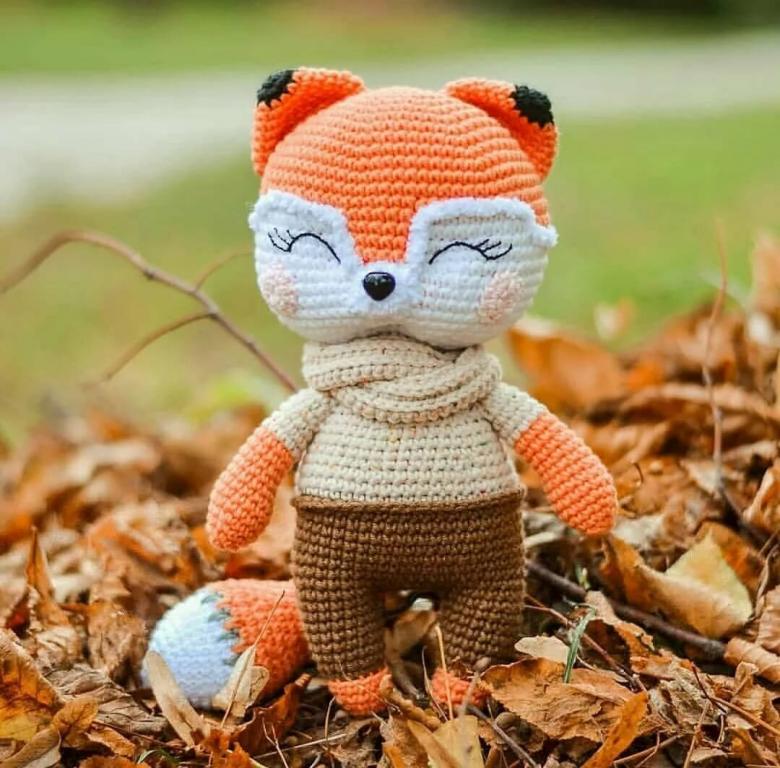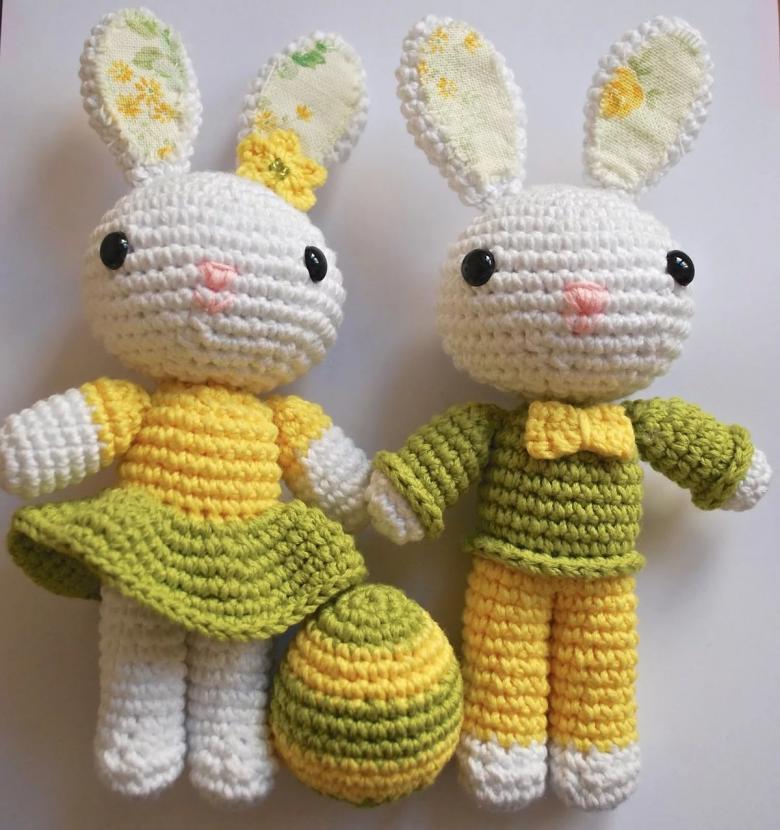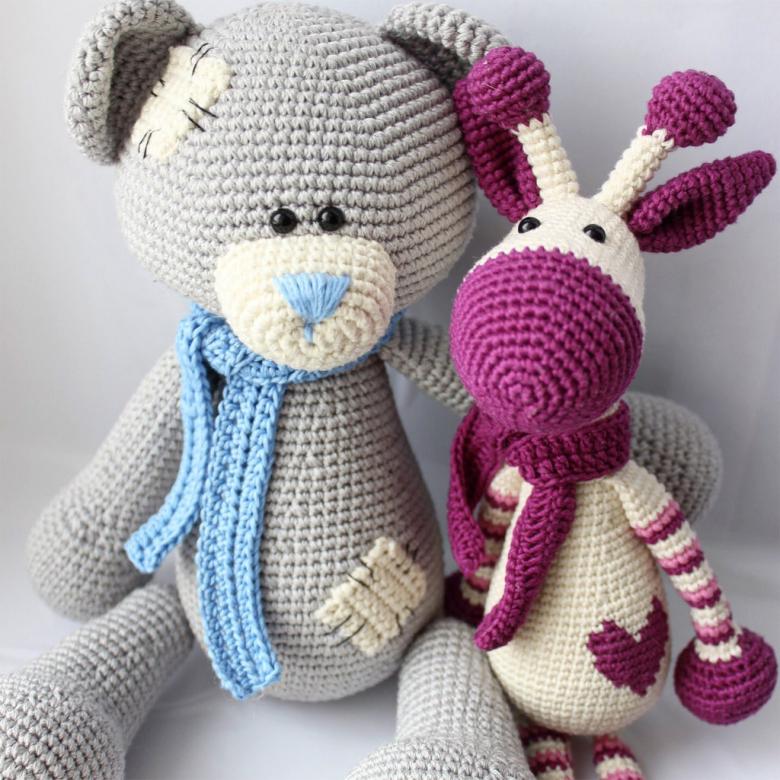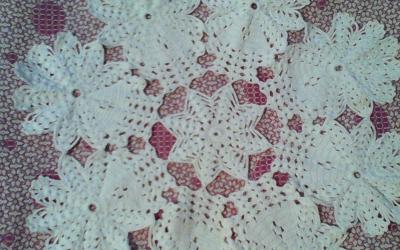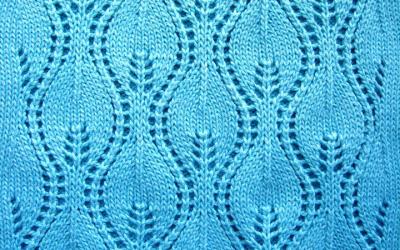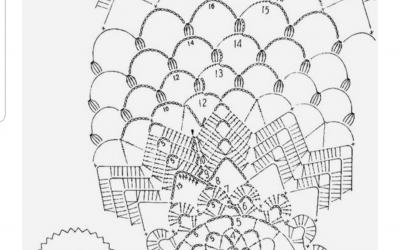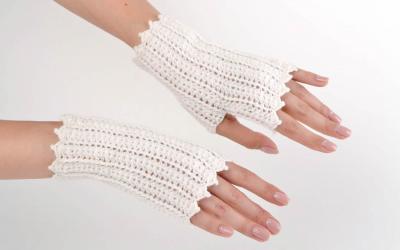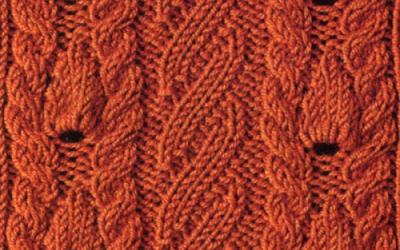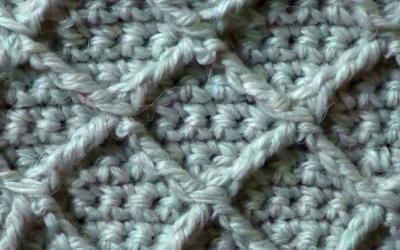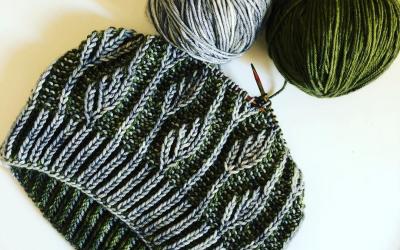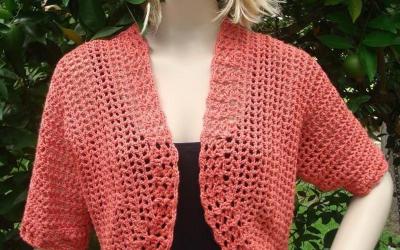Knitting amigurumi - knitting rules, photo ideas, description of patterns
Amigurumi is a traditional Japanese technique of crochet cute toys. Its distinctive feature is that the creation of the product occurs in a spiral, without the connection of rows. Growth toys amigurumi usually does not exceed 10 cm, it has a big head, a small body and must have a cute expression on his face.
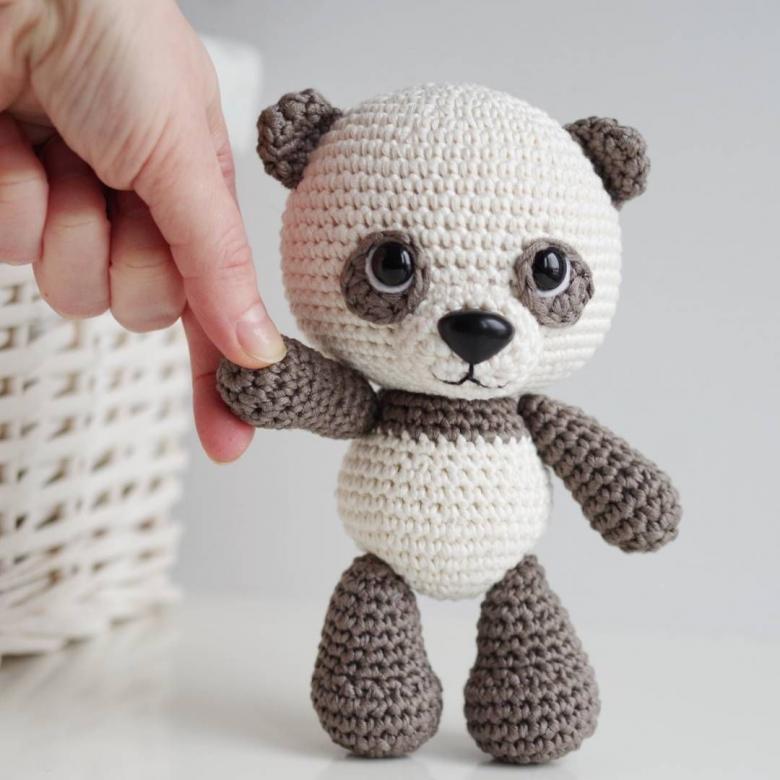
Currently, among Russian needlewomen there is a boom in amigurumi toys. In this technique perform not only animals and human beings, but also smiling cupcakes, fruits, vegetables, dishes, houses, transport and everything that you want to embody in an unusual weaving.
What is amigurumi?
The hallmark of amigurumi toys is their cuteness. No matter what it is, a bunny, a teddy bear, or a car with a cupcake, knitted toys always have eyes, nose, eyebrows "house". All products are charming, delicate image, which arouses reciprocal feelings in people, tenderness or pity. The founder of the style was the designer from Japan, Yuko Shimizu. She created the Hello Kitti doll, which instantly conquered the world.
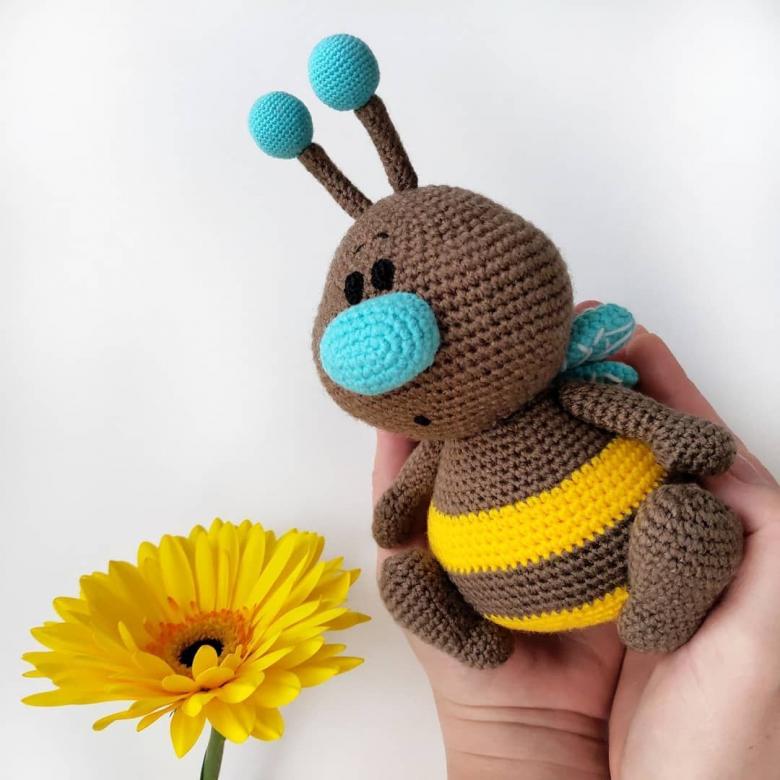
Classic amigurumi body parts are disproportionate, and that is their main difference from other toys. The head is always larger than the body, but the figure still looks cute and evokes feelings of tenderness. Psychologists attribute this reaction of people to the fact that the larger-headed silhouette looks like a human embryo, which subconsciously causes specific emotions - pity, admiration, the desire to protect, to save.
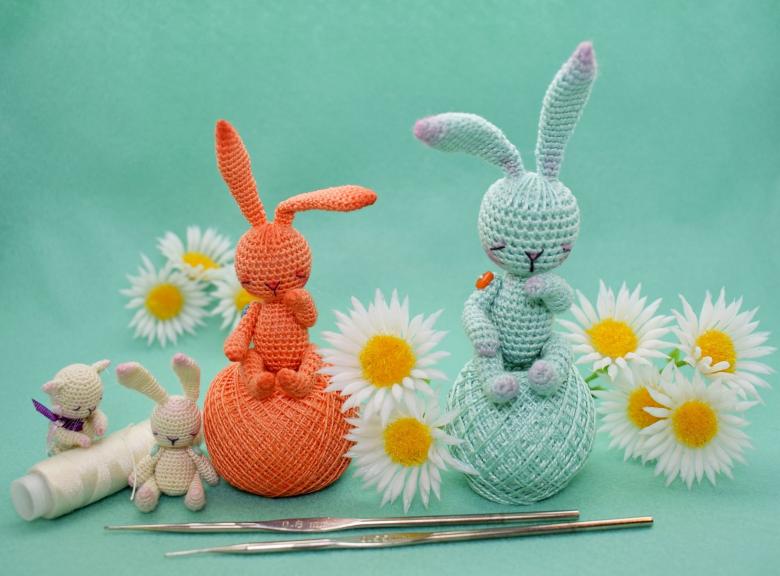
Real Japanese amigurumi are made of monochrome yarn. The Japanese are well-known minimalists, so colorful is not about them.
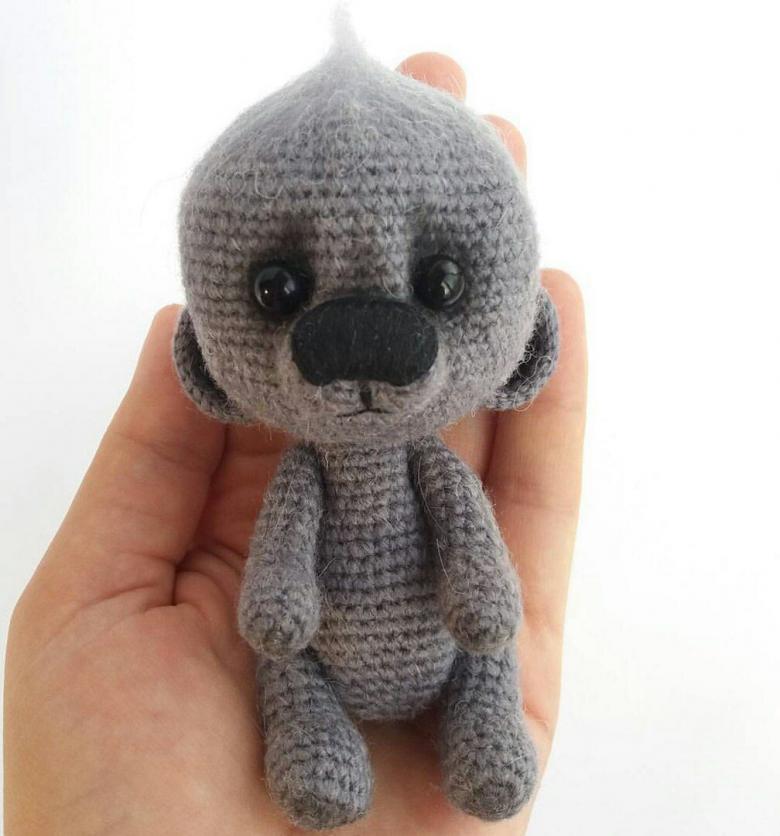
The standard size of the figures is 10 cm, but it is not forbidden to deviate more or less. Some toys fit on the thumb of the hand, while others reach human height. But such incarnations are usually the work of European needlewomen.
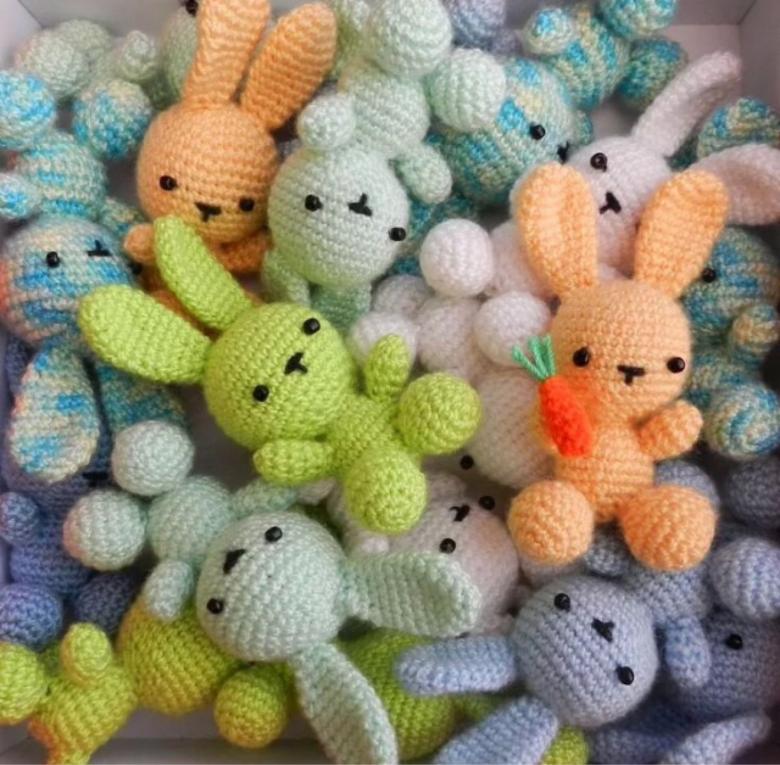
Amigurumi knit not only by crochet, but also by stocking needles. It is more difficult to knit with needles than with crochet. Not all needlewomen own this tool, preferring the usual crochet. On the needles the product turns out more soft, loose, cozy, and crochet - dense. But in both cases it is incredibly cute and charming.
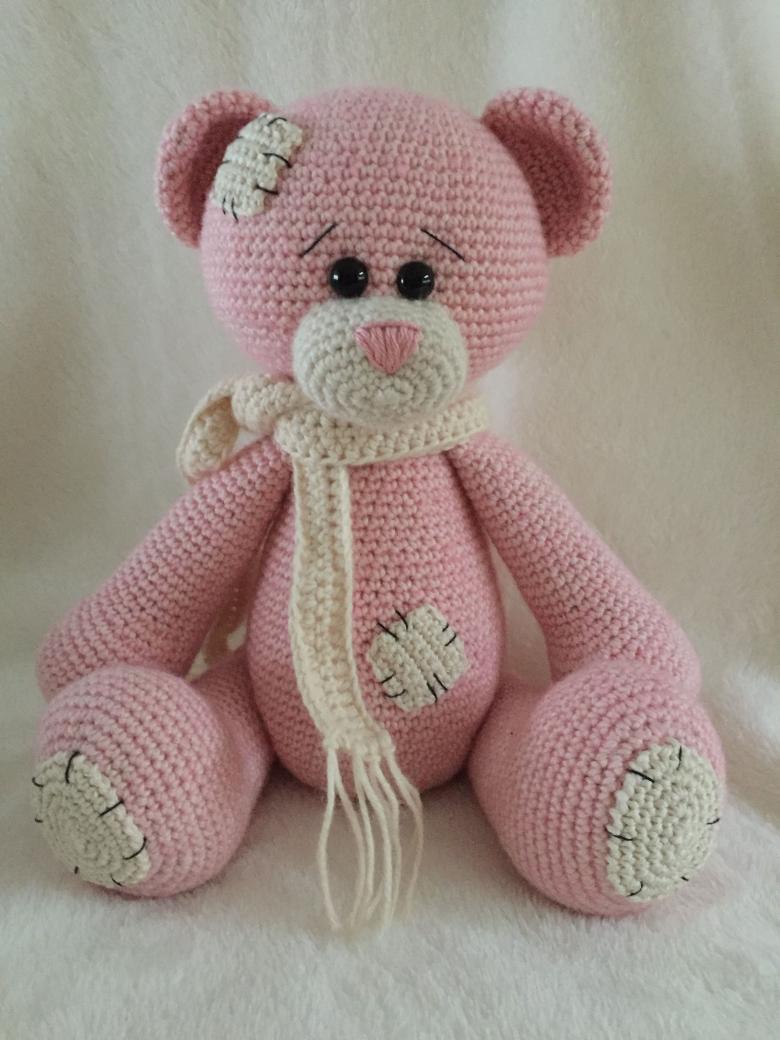
Knitting rules
The basis of Japanese knitting technique is a ring amigurumi. With him begins any toy. To perform the ring, you need to follow the scheme:
- Wrap the yarn on the index finger of the left hand in two turns.
- Place the hook under the thread from below.
- Grasp the long end of the yarn that starts from the skein.
- Pull the loop.
- Knit one no-quarter stitch in the loop.
- Do a few more no-strings, usually 6 or 8.
- Tighten the ring by pulling on the loose short end of the yarn.
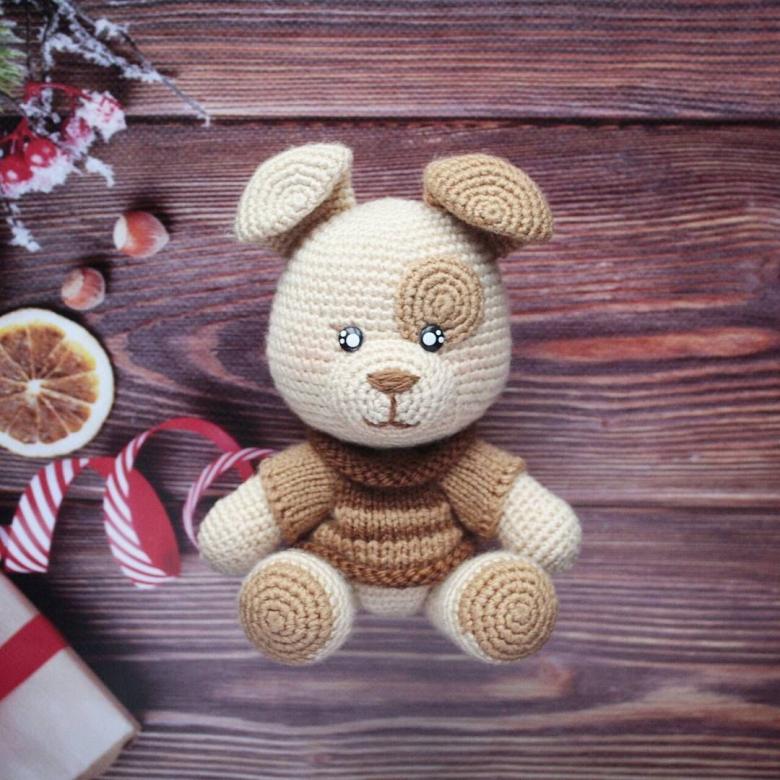
Japanese technique is performed in a spiral, forming a dense cloth, without holes and connecting stitches. Some toys start with knitting the nose part, which is usually based on the stitches. But the head and other parts are knit, like traditional amigurumi, columns without a stitch.
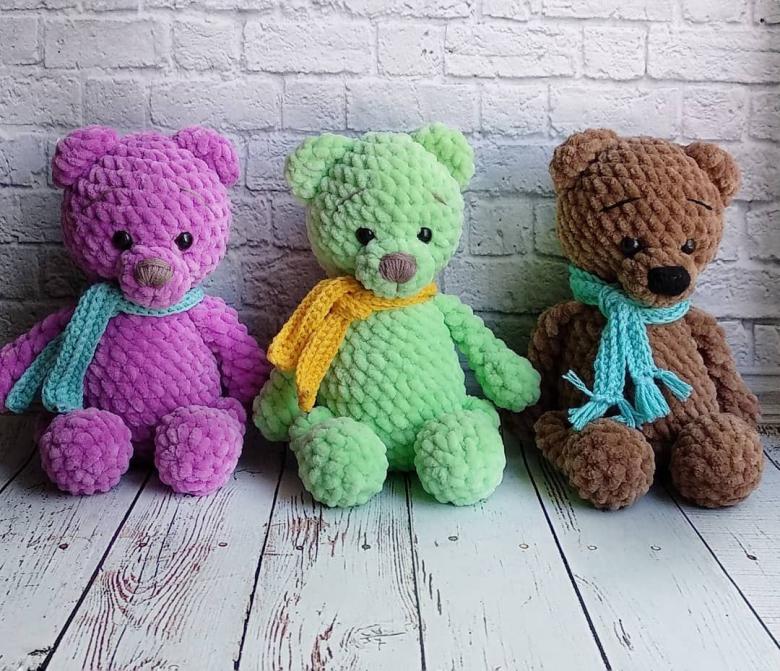
Deductions are made by tying two loops together by a column without a stitch. Additions - slitting two columns without a stitch in one loop.
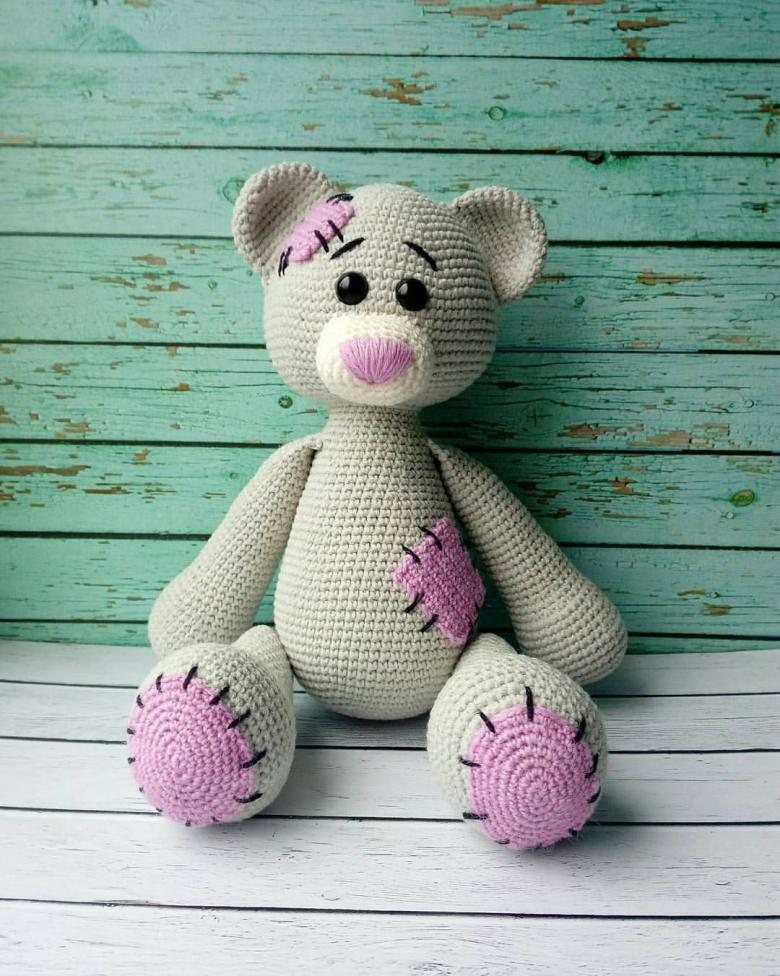
Separate parts are joined into a whole toy by sewing with a tailor's needle with a wide eye and cotton thread, matching the color of the basic fabric color. If the idea is designed that the legs and arms of the toy will move, then use articulated joint.
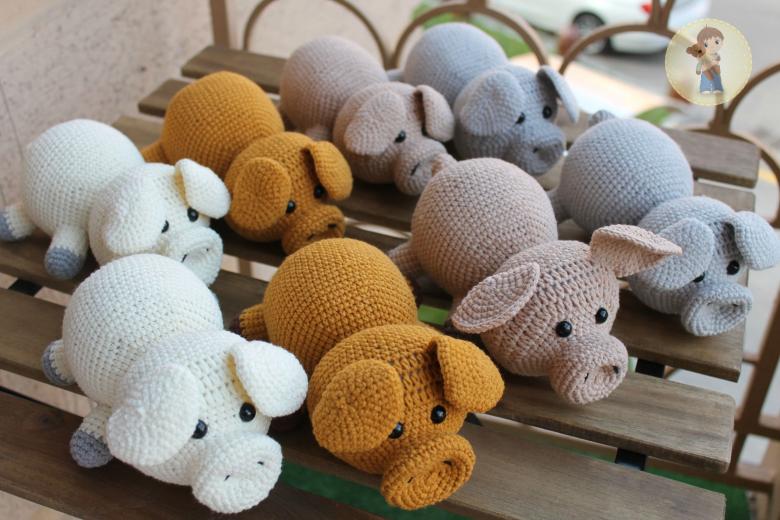
Materials and tools
To work, take a hook of smaller size than is believed for the selected thickness of the thread. This is due to the need to create a very dense fabric, so that the filler does not shine through the thread and does not come out.
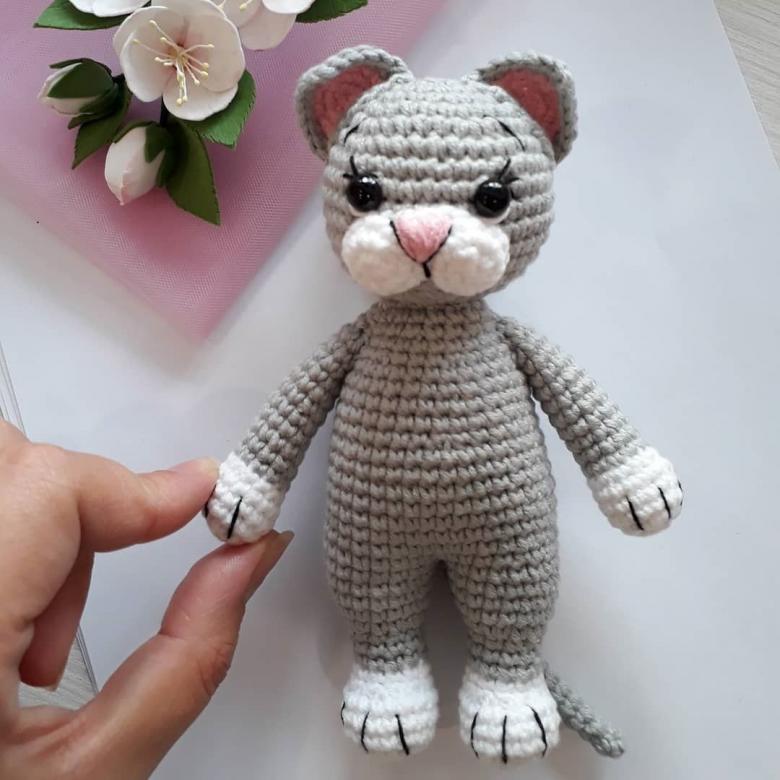
To make the toy soft, filler is placed inside it. It comes in two varieties:
- natural;
- synthetic.
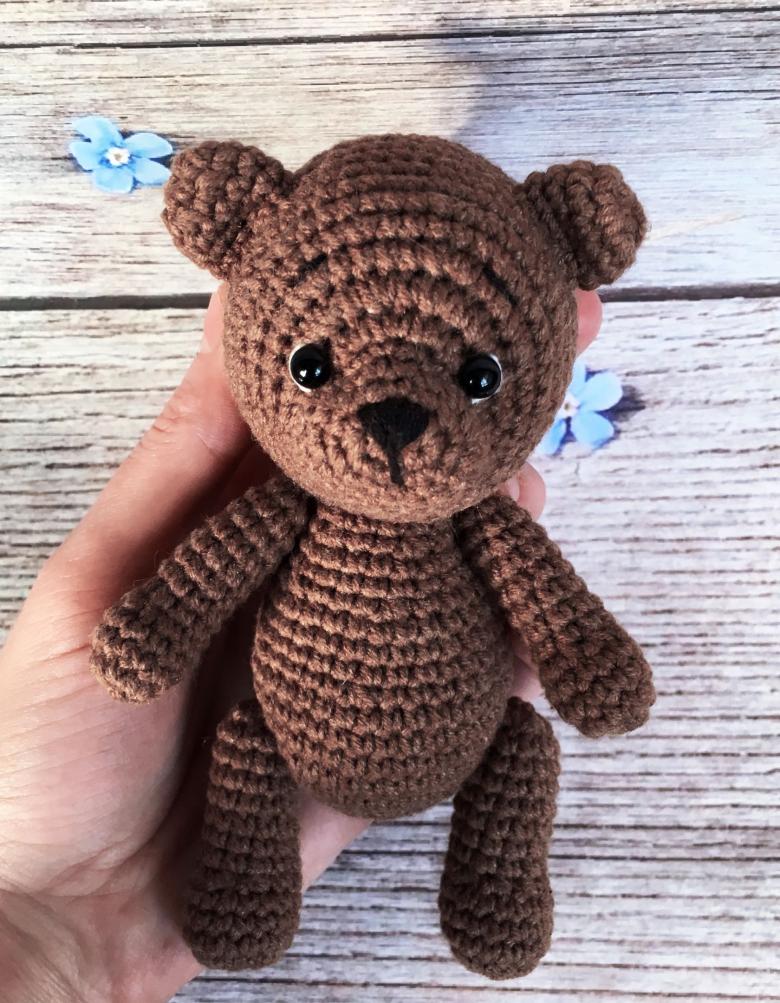
Synthetic fillers are abundantly represented in stores of goods for creativity. These include Hollofiber, sintepon, sintepuh, tinsulayt. These materials are based on polyester fibers, through which they have advantages:
- hypoallergenic;
- Dry quickly after washing;
- do not absorb extraneous odors;
- they do not harbor moths and other household parasites.
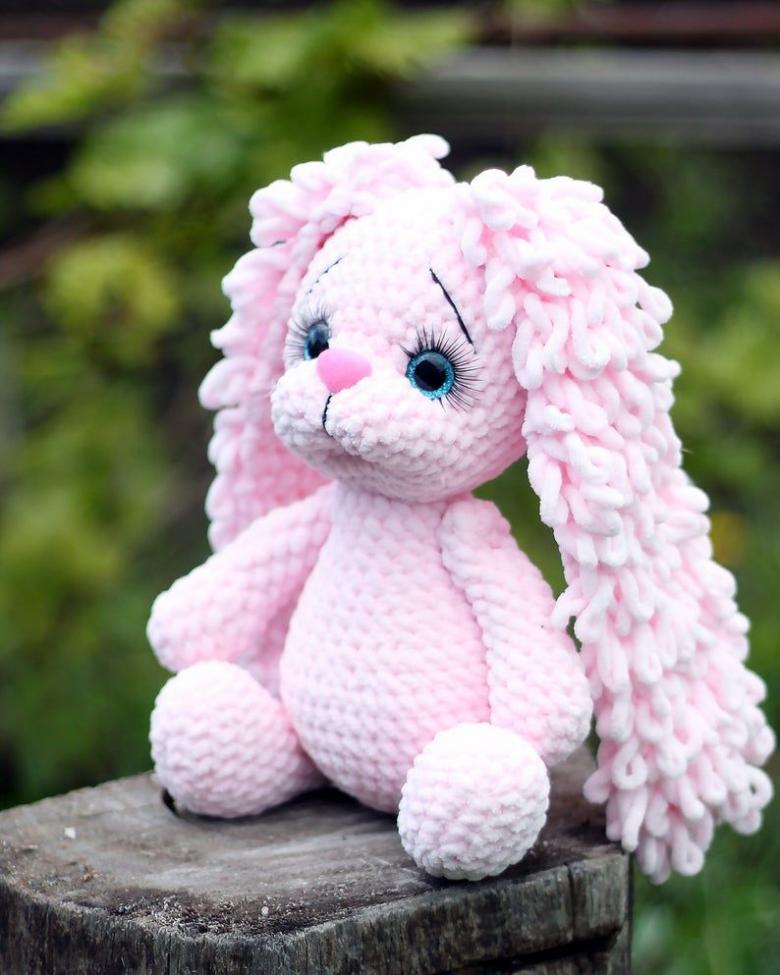
The most popular among synthetic stuffing is Hollofiber. It is a weighted volume of raw material, which is based on small balls. Hollofiber gives the toy elasticity, but for stuffing miniature parts the balls have to be separated from each other so that the surface of the product is even.
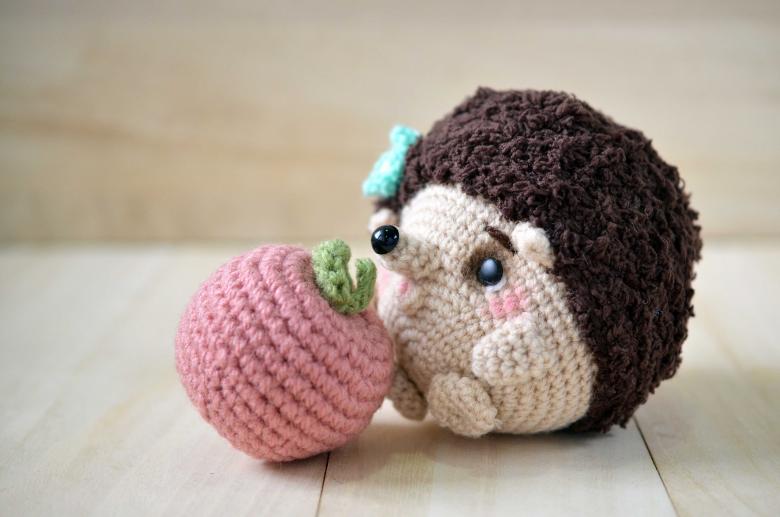
For weighting some parts of the toy body use glass granulate or natural groats (rice, buckwheat, peas).
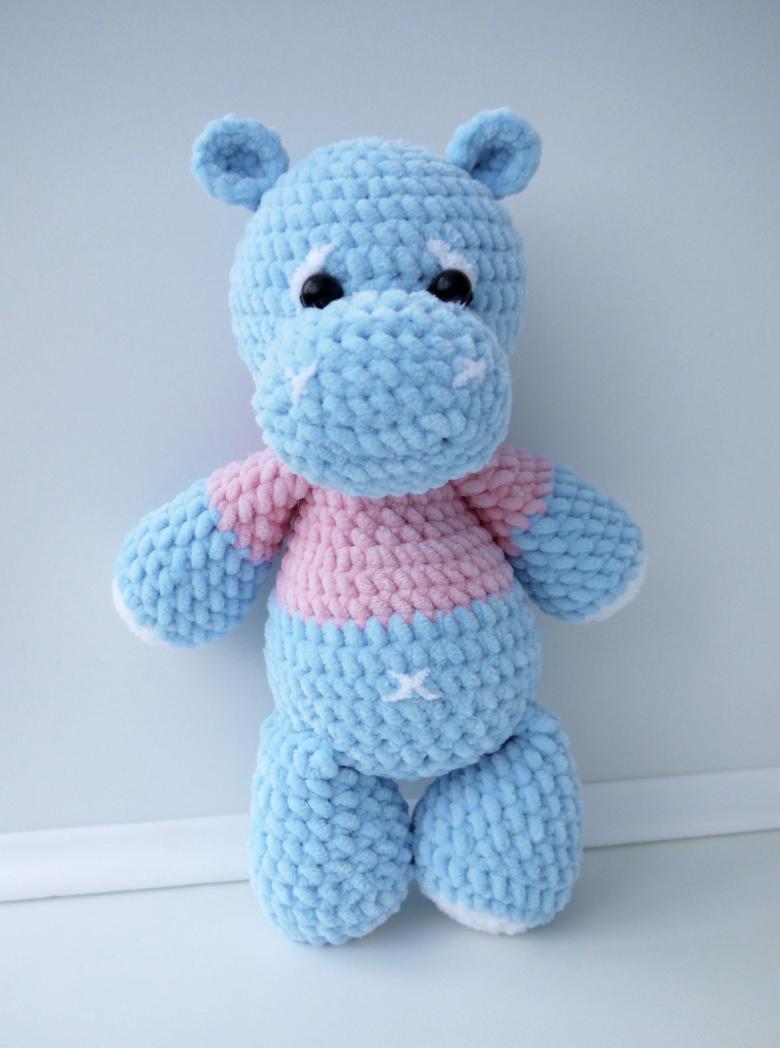
Knitting parts amigurumi
Creating a toy traditionally begins with knitting a round head. The circle is the basis of any part. It can be made of the desired diameter, and then, by knitting the walls, form a ball or an oval.
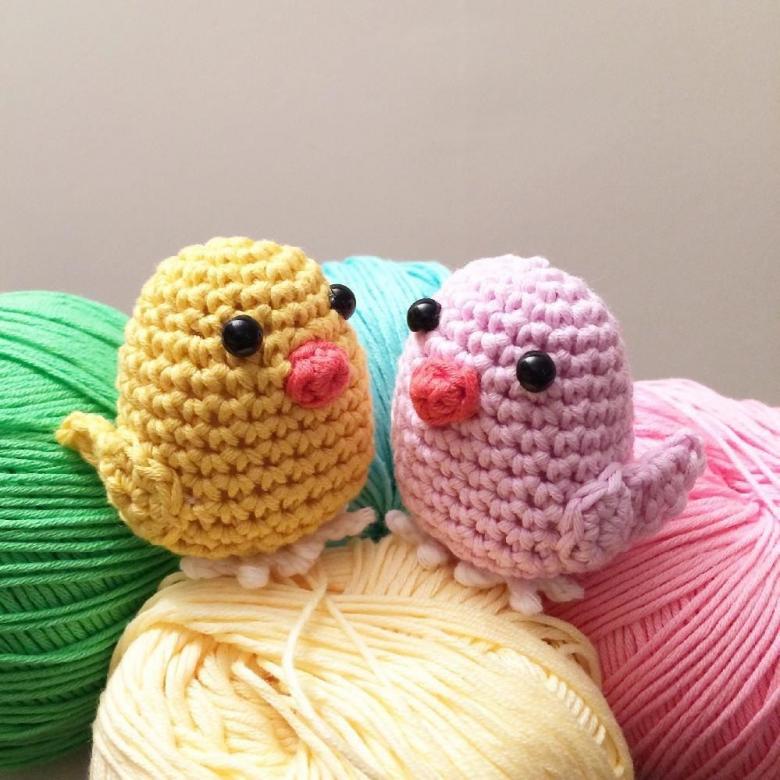
Master class for knitting a circle:
- Dial in the ring amigurumi 8 columns without a stitch (CBN), tighten the ring, on the first CBN hang a knitting marker.
- In the second row, knit two IBS in each stitch.
- In the next row, knit two stitches in every second stitch, then in every third stitch, and so on until the desired diameter of the circle is reached.
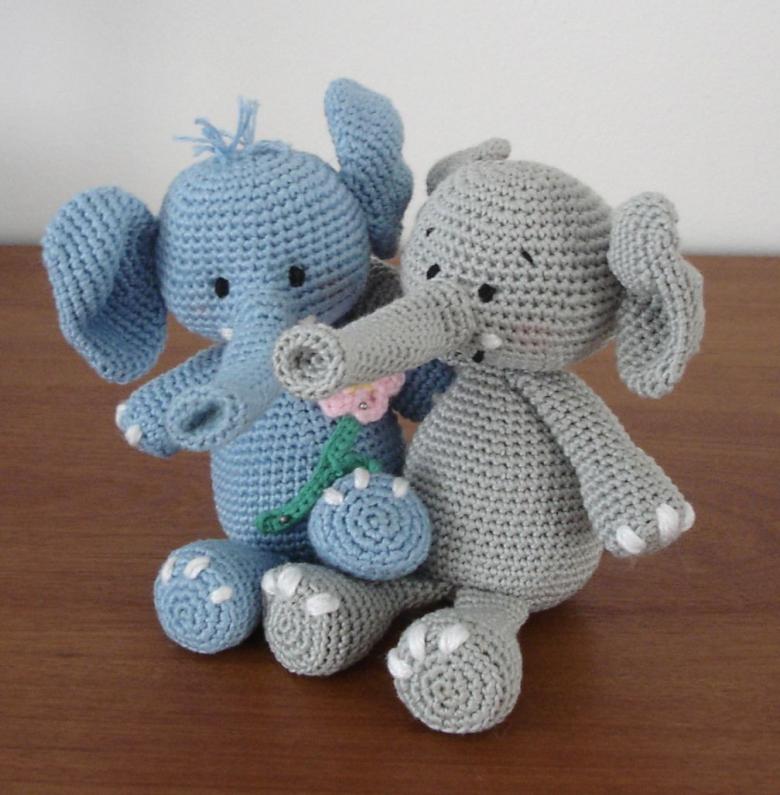
This description will result in a hexagon that can be used to make a ball. If the product requires an even circle without corners, then at the beginning of each row you need to do one IAS for the offset and count the loops in a new row from it.
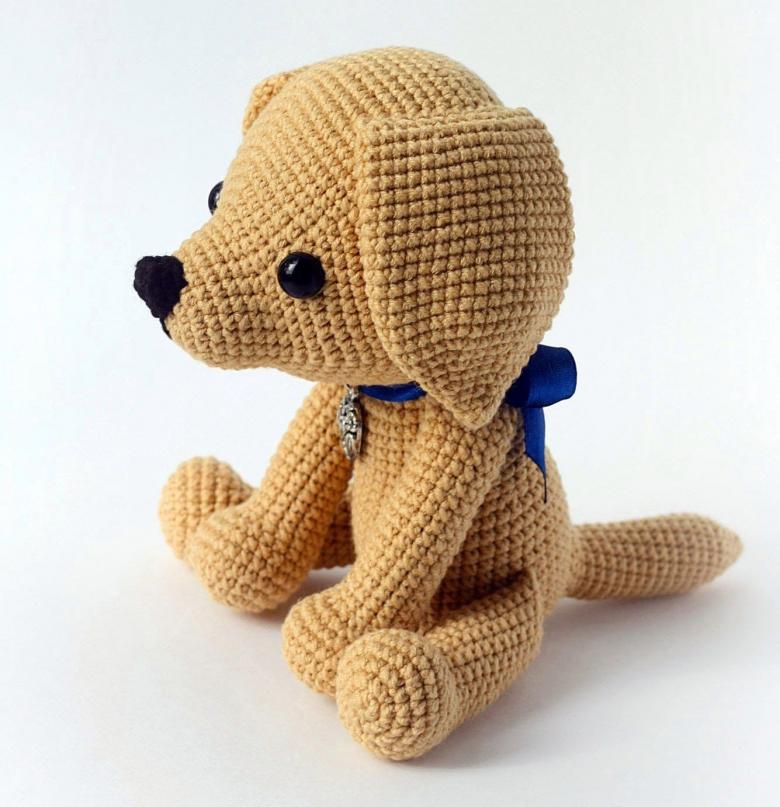
To get a ball, you need to adhere to the rule: how many rows in a circle (not counting the initial 6 stitches in the ring amigurumi), so many rows need to be slit in height.
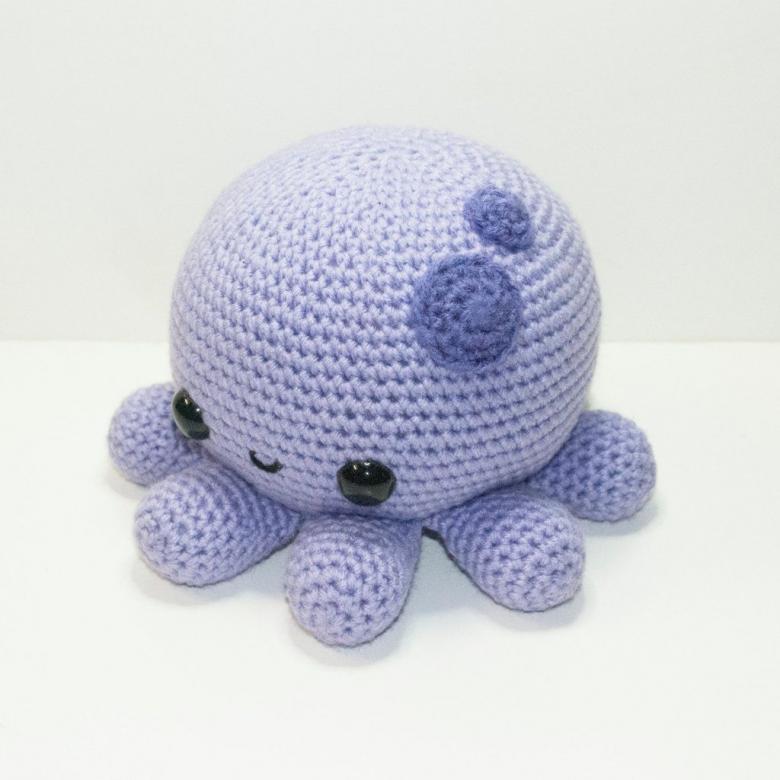
The secret of the circle is that in the ring to dial an even number of stitches, and in each subsequent row to evenly increase by this number. If you started with 8 Icicles, then the new rows will be 16, 24, 32, 40 Icicles. If there were 6 IAS in the ring, then the new rows will be 12, 18, 24, 30.
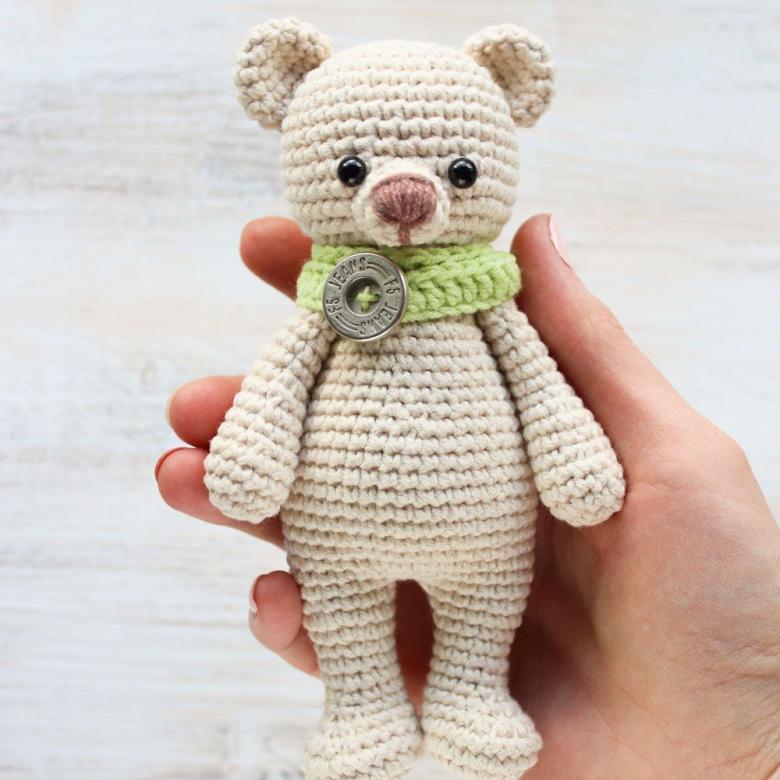
Some parts need to be made in the form of a cone. Knitting scheme is like this:
- Dial in an amigurumi ring with 4 SBN.
- Evenly add more stitches to make 8 stitches.
- Evenly increase the number of stitches to 12, continue to add 4 stitches in each subsequent row until the desired height of the cone is reached.
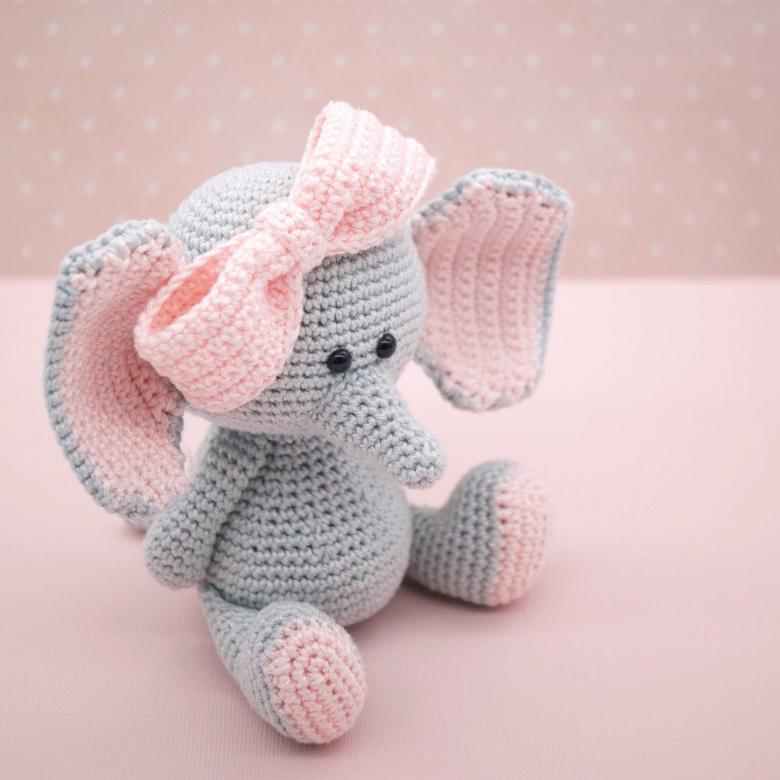
Amigurumi Clothing
Classic amigurumi knit from monochrome yarn, sometimes diluting the fabric with a minimal amount of colored threads. The finished product, carefully made from quality yarn, decorated with beads, beads, ribbons, embroidery, looks like real art.
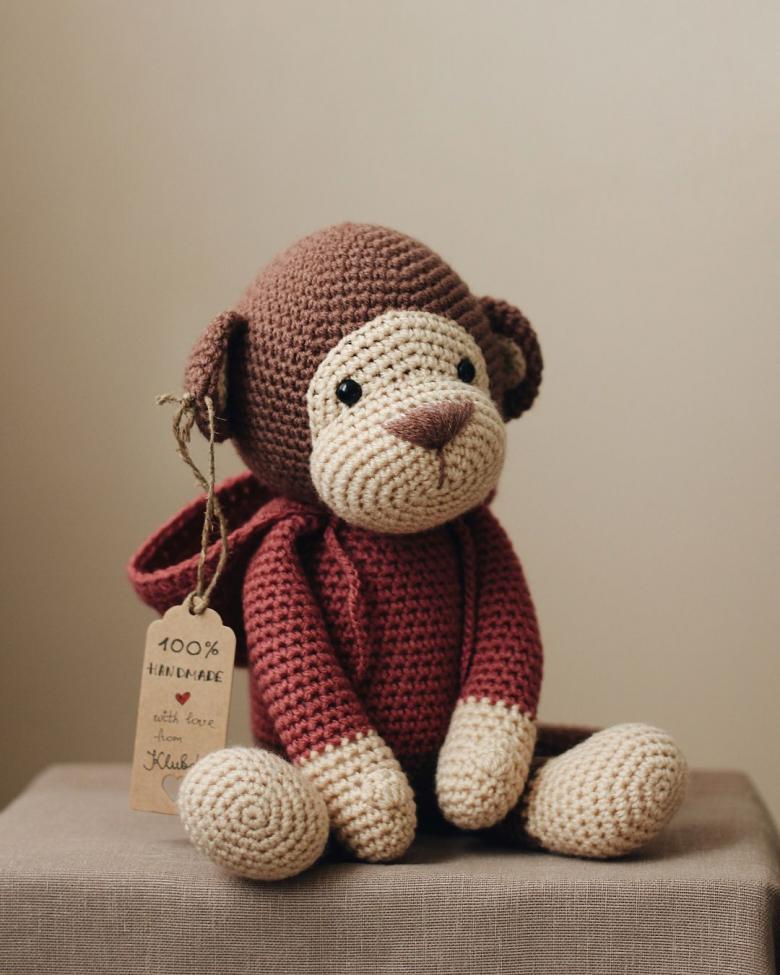
Many needlewomen have made a successful business selling handmade amigurumi toys or master classes to make them. To promote their blog, they publish instructional videos on knitting simple amigurumi, on which you can learn the technique and tie cute toys yourself.
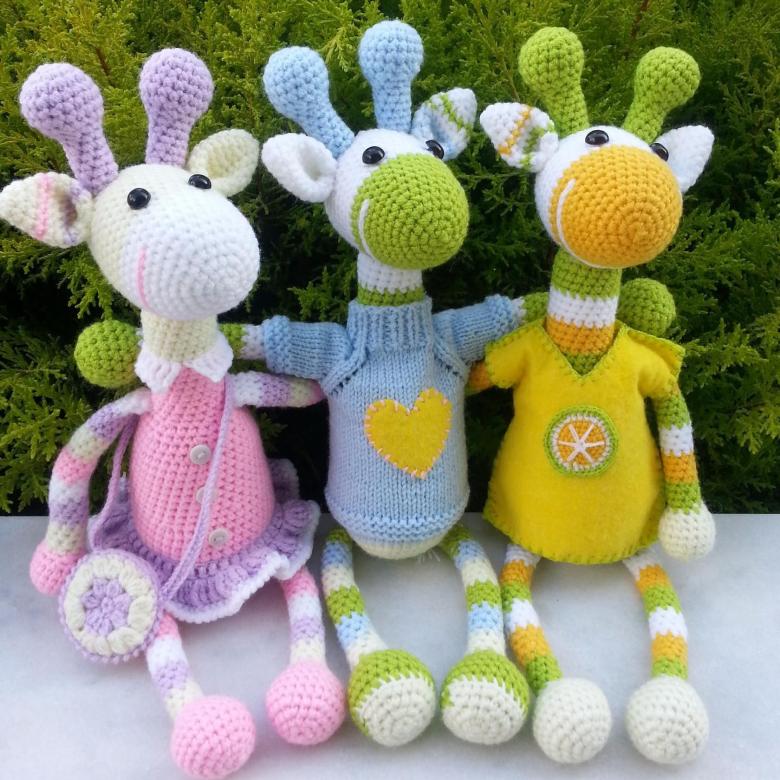
An important attribute to complete the image of a toy is clothing. It can be made in a different technique, such as sewn or knitted needles. In a simple version, the clothes are knitted directly on the body, for example, part of the arms are knitted in one color, then the transition to the color of the dress, part of the body is knitted in the color of the dress, then a flounce at the bottom, and then the other parts are again knitted in body color.
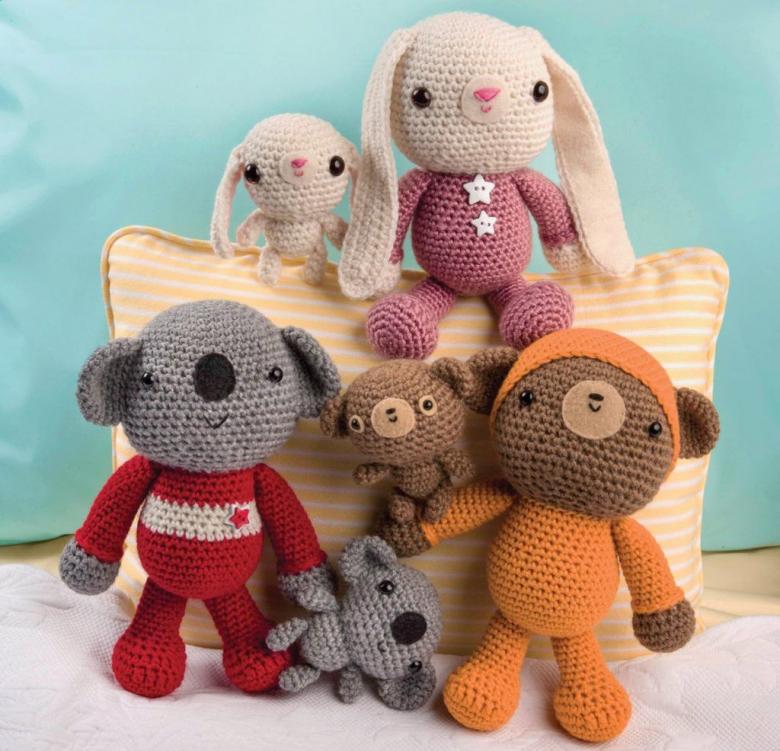
Experienced needlewomen make removable clothing, accessories, hats, and even a few closet items for one toy. Girls love to dress up the doll, changing her image.
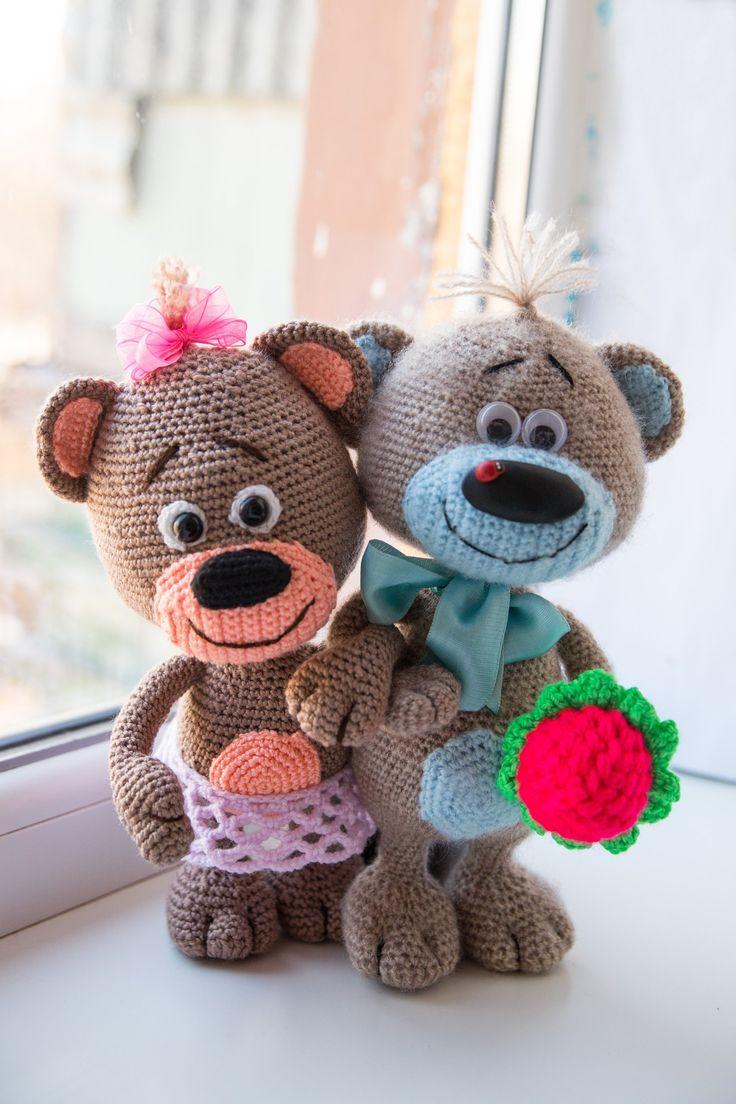
Amigirumi toy originated in Japan, but has won the hearts of needlewomen around the world. The technique allows you to find ways to turn any object, even inanimate, into a cozy knitted toy.

